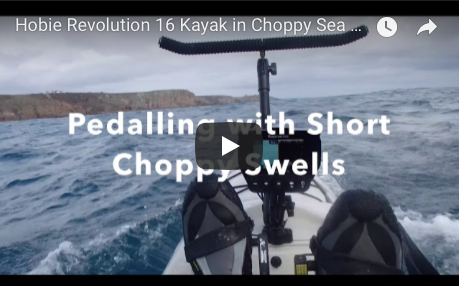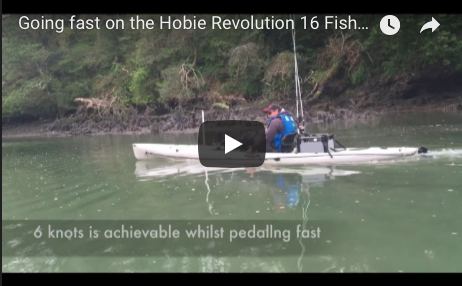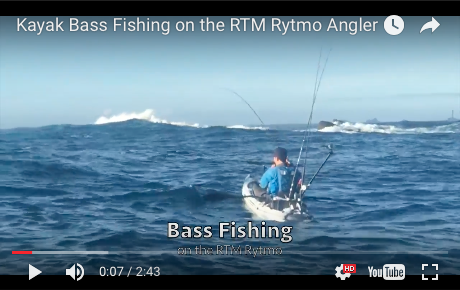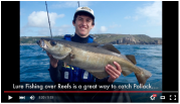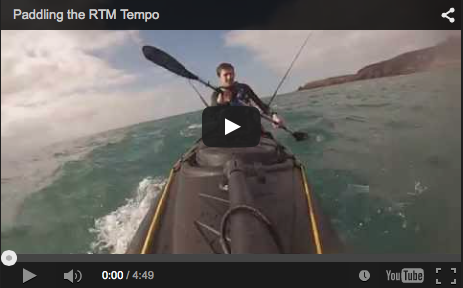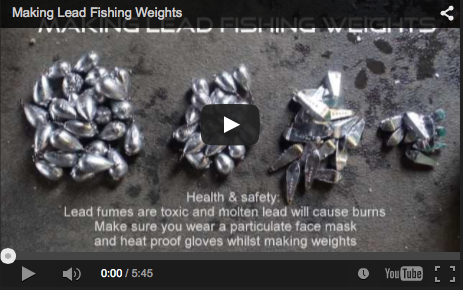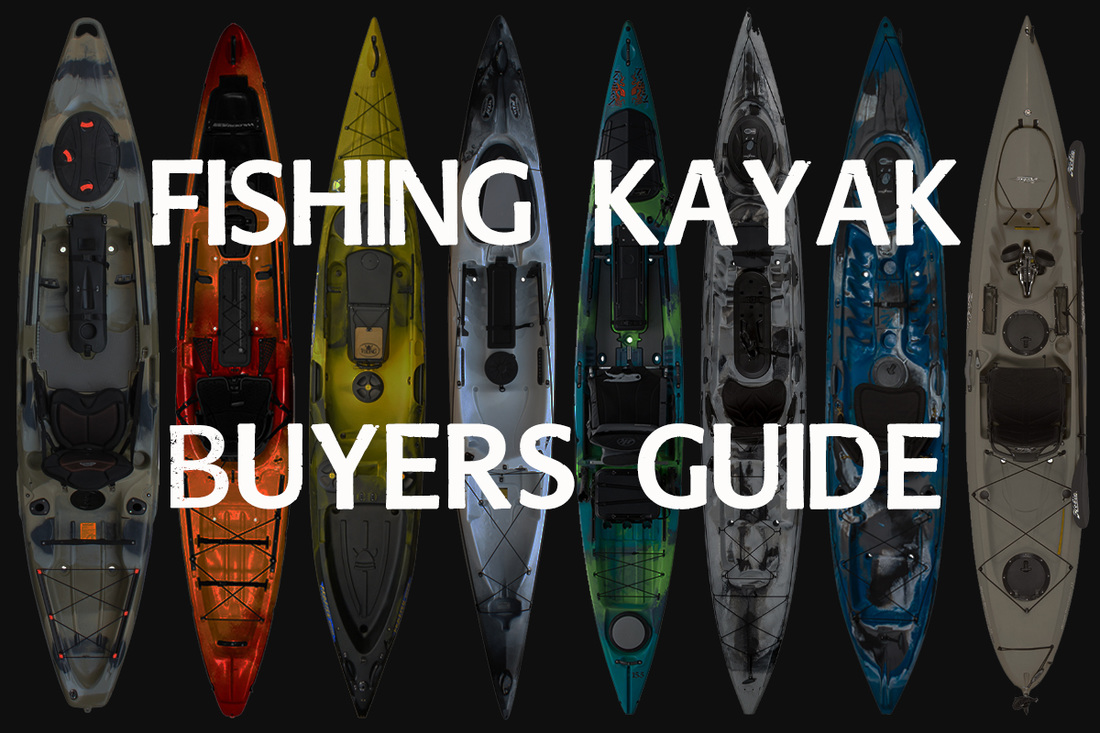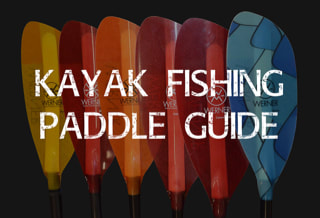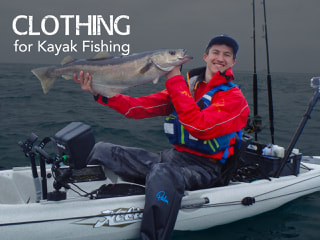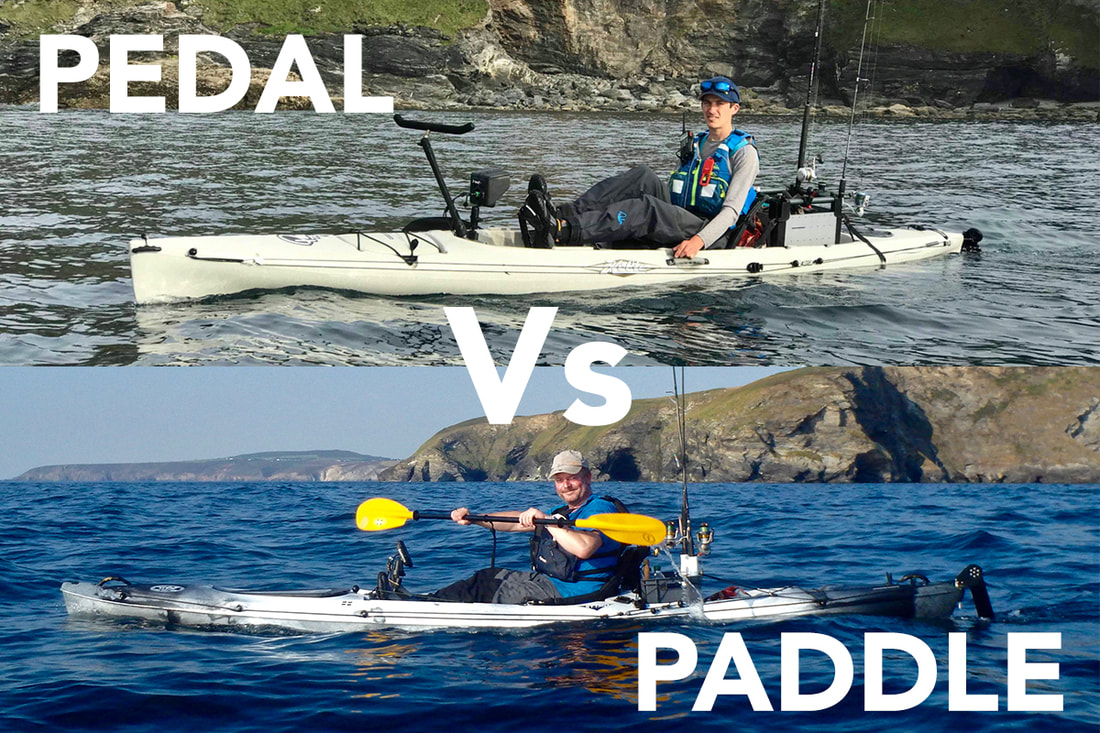Kayak Fishing is a high risk water sport. Safety is to taken very seriously if you care about self-preservation. Whilst kayak fishing can be potentially dangerous, if you are equipped with the necessary safety equipment, are well practiced in self-rescue and paddle/fish in conditions within your paddling limits, then you can ensure that you reduce the risk of a serious incident occurring in the first place. Even the most experienced and well-equipped kayakers can find themselves in difficulty for whatever reason so carrying the relevant safety equipment is essential for all. If an incident does occur you need to be in a position to either self rescue effectively or alert the relevant emergency services that you are in distress and require assistance. There are many items of safety kit that could be carried, and many are mentioned in this guide. It is worth noting that not all items mentioned here are essential for all kayak fishing situations. In fact the very environment and conditions you are kayak fishing in will dictate what safety gear you will need. Those paddling on their own should certainly consider carrying more safety equipment than those paddling with company or within a group. Safety certainly comes with numbers on the water and the chance of getting into a distress situation is less likely when kayak fishing in a group where a helping hand is never too far away. Kayak fishing with company is definitely recommended for those new to kayak fishing but this is not always possible. Those heading out on the water on their own need to have several safety bases covered to ensure the best chance of survival and rescue should a serious incident occur. NOTE: This article aims to offer generic safety advice to those entering, or progressing, in the world of kayak fishing. Different environments and different water conditions will require differing types and amounts of safety equipment. Be sure to carry out extensive research and consult local kayak fishers to ensure you have the best idea about what safety equipment you will require on the water. Lets take a look at some of the Safety Equipment you may wish to consider carrying on your kayak: Personal Safety Equipment for Kayak FishingThere are a number of essential items you will need to carry on your person for safe kayak fishing. Personal Floatation Device / Buoyancy Aid - ESSENTIALApart from wearing suitable clothing for the conditions (see my Kayak Fishing Clothing Guide here), another essential safety item for kayak fishing is a Personal Floatation Device (PFD), also known as a Buoyancy Aid. These are NOT Lifejackets. Lifejackets have a huge floatation rating provided by either very bulky foam blocks or more commonly by gas inflation via activating a small CO2 cylinder. These are not recommended for kayak fishing - they are too bulky and cause hinderance when attempting self rescues. Water-activated lifejackets are also obviously not recommended as they would regularly get activated when not needed! A Buoyancy Aid/PFD is an aid to buoyancy - they help you to stay afloat. A correct size PFD for your body weight will allow you to float at the waters surface fairly effortlessly. Modern kayaking PFDs tend to have slim-line ergonomic designs and are specifically cut to provide unrestricted movement when paddling. Some PFDs have foam shaped to the body and are very comfortable - you can often forget you are even wearing one! I often hear people say that they don't like the feeling of wearing a PFD, so choose not to wear one.... utter rubbish. I'm not sure what drowning is like but i bet that doesn't feel great either, for you or your family. There is no excuse for not wearing a PFD when kayak fishing and by not doing so you are putting your life at risk. You will also likely get called out by other kayak users too as it is standard practice across all branches of kayaking, perhaps with the exception of surf kayaking, to wear a buoyancy aid. A basic buoyancy aid costs as little as £30 so there can be no excuses of cost either. Look for a PFD with at least a couple of bigger front pockets - these are great for storing inside a mobile phone in a dry pouch, a PLB or perhaps even a VHF Radio, along with some fishing bits and bobs (scissors, packs of hooks etc). Many of the newer touring buoyancy aids feature plenty of pockets and come with several tabs stitched to the front for attaching various items of safety equipment. Expect to spend upwards of £70 for a buoyancy aid with multiple pockets and features. A PFD is an essential item of kayak fishing equipment. If you end up in the water and become separated from your kayak at any time, at least with a PFD you will not be struggling to stay afloat. This will increase your chances of survival whilst you await rescue. You will soon tire trying to stay afloat without one. Do not skimp on this aspect of safety equipment - there are many documented cases where kayakers would have drowned had it not been for them wearing a buoyancy aid/PFD. Pictured below are 4 popular buoyancy aids for kayak fishing in the UK - the Palm Kakioura, Palm Peyto, Palm Hydro and NRS Chinook... Safety Knives and Rope/Line Cutters - ESSENTIALThese are often overlooked but are an inexpensive item of safety equipment that everyone should carry. A safety knife is particularly useful for cutting line/cords/leashes in an entanglement situation, which is possible if you capsize your kayak and have leashed fishing rods and fishing lines flying all over the place! If this happens you will want to grab your knife fast to free yourself before you get into more difficulty. A safety knife is also useful incase you need to quickly cut your anchor line too. A safety knife needs to be carried on your person in a place of quick and easy access - most people attach them to the front of their PFD. Look for blunt-ended knife designs - no sharp point so little chance of accidentally stabbing yourself. Get one with a good sheath/holder that allows you to pull out the knife one-handed. Folding designs are compact but look for ones with bite tabs on the blade to allow for one handed opening using your teeth to deploy the blade! The Palm Folding Rescue Knife ticks these boxes. Small rope/line cutters are a great alternative to a knife and again are inexpensive - The Beaver Trigger Cutter is very good. Knife or Cutter, make sure you get one with a stainless steel blade! On-Kayak Safety Equipment for Kayak FishingThere are a number of safety items you should consider carrying on your kayak - some essential, others not so. Paddle Leash - Considered EssentialA paddle is your means of propelling your kayak through the water (unless you have a pedal kayak). Lose your paddle and you are probably in trouble, definitely so if you are paddling on your own! Even if you have company, without a paddle someone will need to tow you and if the conditions are unfavourable then the towing paddler may be unable to make headway. Prevent this from occurring in the first place by using a paddle leash - this will keep your paddle tethered to your kayak at all times. You never know if your paddle may unknowingly get knocked out of your paddle holder, or when you may have to unexpectedly let go of your paddle. Look for coiled designs for compactness, or elasticated designs for lightness. Get one with a decent clip for attaching to your kayak quickly and easily, and one with a decent adjustable velcro paddle attachment. Palm Equipment make a decent coiled leash, as do North Water amongst others. TowlineAnother piece of kit often overlooked, but useful incase you need a tow or if someone else needs a tow. You can buy dedicated waist-mounted towlines with padded quick-release waist belts and line storage pouch. These are very nice and neat but perhaps a little overkill for kayak fishing use. I made a simple towline from a 5m length of 8mm floating polypropylene rope with a stainless karabiner tied to each end which does the job perfectly well. The karabiners can be used to clip onto a kayak handle, or anchor trolley system to perform a tow. A short length of bungee cord keeps it held together neatly ready for use. This tow line weighs very little and costs a few pounds to make. It is worthwhile having one stored in your crate or front hatch - you never know when you may need it! Bilge Pump / Bailing Device Not essential but potentially useful. More commonly used by sea kayakers with sit-in kayaks which may become flooded during capsize. Potentially useful for kayak fishing, in case your kayak develops a leak. A small bailing scoop, or even a large sponge would also do the job, although not as effectively as a proper bilge pump. I suspect if your kayak is filling with water fast enough to need a bilge pump to empty it out, you probably will need to get back to shore fast or call for help! Spare Paddle Again not essential but certainly worth considering if paddling on your own. Whilst a good quality paddle is unlikely to break, it is always a possibility and i have witnessed it occur, leading to the need for me to tow the paddle-less kayaker back to shore! A lightweight 2-piece or 4-piece paddle, split and stored away in the hull may get you out of a tricky situation if no one is around to give you a tow, if you ever find yourself without a paddle! Anchor System This is not an essential item but it is certainly a form of safety equipment as well as an aid to fishing. An anchor system will allow you to hold position should you find yourself drifting too quickly with the wind and/or current/tide, which may be leading you into a dangerous situation. An anchor could also be dropped if you are ever awaiting rescue in a distress situation - allowing rescuers to home in on a static target rather than a drifting one. Always use an anchoring system in conjunction with an anchor trolley, which will allow you to set your anchoring position off the bow, or more commonly the stern of your kayak for safe anchoring. Full quick-release anchoring kits and anchor trolley kits are available here. Drogue / Drift Chute
Food and Drink - Considered EssentialThis is an obvious one but often not thought of as safety equipment. If you are only out for a couple of hours then the food may not be essential but having a drink definitely is. Kayak fishing can be thirsty work so make sure you stay hydrated to avoid fatigue. A bottle of water or juice is great on warm and hot days. A flask of hot drink is great for the cold days! It is also important to take some food to keep your energy levels up during longer sessions. Failing to do so may lead to fatigue which isn't pleasant in the slightest. If nothing else, take some chocolate bars and other high-energy snacks to keep you going! Safety FlagsNot essential, but a safety flag is a great way to increase your visual presence on the water and give other water users a better chance of seeing you. A bright day-glow orange or yellow safety flag mounted on a pole is recommended if paddling in high-traffic areas and/or low light conditions. Flags are best mounted above head-height to give the best chance of being seen. Railblaza make a nice lightweight 'Flag Whip' that can easily be mounted on most kayaks. Railblaza, along with Yak Attack also make 'Visibility Kits' that incorporate a safety flag with a nav light. Click Here for a range of safety flags, lights and visibility kits. Navigation / Visibility Lights Again, not an essential item of safety kit but Navigation Lights are highly recommended if paddling in low light conditions and/or darkness. Even in daylight, a nav light will help increase your visual presence to other water users. Avoid coloured lights - bigger boats are required to have Red nav lights on their Port side and Green nav lights on their Starboard side but a different rule applies for small craft such as kayaks. Kayaks are required to use an all-round white navigation light when paddling in darkness and low light conditions. These are best mounted on a pole above head height to provide all-round visibility to other water users. Railblaza produce an excellent all-round white nav light, along with mounting poles. Nav lights are best purchased as part of a 'Visibility Kit', and both Railblaza and Yak Attack make kits that are popular. Click Here for a range of safety flags, lights and visibility kits. First Aid KitWith sharp hooks and sharp bait knives often in use, the chance of hooking or cutting yourself is likely at some point or another. A clean cut with a sharp knife or a deeply embedded hook can cause a seemingly never-ending bleed, especially on wet skin. Keep a few waterproof plasters of various sizes in a small sealed bag, inside your PFD or tackle box. Lightweight and costs pennies, and It may just save a ruined trip one day! More comprehensive first aid kits can be carried for the safety conscious. Lifesystems make a great little first aid kit complete with a waterproof storage bag! Perfect for tucking away inside a hatch for little emergencies. First aid kits are available here. Communication Safety Equipment for Kayak FishingIt is highly advisable to carry some form of contact with the shore on yourself whilst kayak fishing. Take note of the 'on yourself' part - if you end up in the water and separated from your kayak then you need to be able to contact some form of help. This is no good if you have left your form of communication on your kayak! As a minimum you should carry a form of 'long-range' contact with shore. This may be in the form of a Mobile Phone, VHF Radio or Personal Locator Beacon (PLB). Other forms of communication equipment includes 'short-range' devices such as whistles and strobe lights. As a bare minimum carry at least one form of contact with the shoreMobile PhonesA Mobile Phone in a dry pouch really is the minimum that you should carry on yourself - but you can't always guarantee signal where you are fishing/paddling. Also take note that 'touch-screen' phones are not easy to use with wet hands. Apple iPhones have voice-control in the form of 'Siri' accessible by manually holding down the home button. I'm sure other smart phones will have similar. Save important emergency services numbers in your contacts list (999 / local coastguard station / lake boathouse etc.) then ask the voice-control to 'call coastguard' or 'call 999' etc. This gets around having to use the touch screen itself! Aquapac make a great range of waterproof phone cases and these will fit nicely into the pockets of many popular kayak fishing buoyancy aids. Handheld VHF Radio - Considered essential for solo kayak fishing on the seaThe communication device most recommended amongst kayak fisherman, particularly for use on the sea, is the VHF Radio. A VHF Radio is effectively a transmitter and receiver operating over a select range of frequencies (156.0 and 174.0 MHz). A VHF Radio allows you to contact other radio users that can receive signals within the VHF frequency range, be that other water users with VHF radios, or the local coastguard station. VHF Radios can come as fixed units and hand held units - for kayak fishing a hand held unit is the best choice as a VHF fixed to your kayak is useless if you become separated from the kayak, which will be when you need a VHF the most! A handheld VHF can be clipped to the shoulder strap on a buoyancy aid, or will fit in a pocket on many popular kayak fishing buoyancy aids. A handheld unit is very much recommended for saltwater kayak fishing where contact between other vessels and the coastguard may be needed for safe navigation, preventing incidents, or asking for assistance in a distress situation. Look for VHF Radios that float and flash - it's no good if it slips out of your hands and sinks! These units will also flash a strobe light or red light when in the water. Modern VHF Radios also feature 'Digital Selective Calling' (DSC for short) and integrated GPS. In simple terms DSC units with GPS allow you to send a distress signal with your exact position directly to other VHF receivers within range (hopefully the coastguard!), all at the single push of a button on the unit. The transmit power of the radio is also an important consideration to make when selecting a VHF - in general, the higher the output wattage the further the signal will transmit and be 'visible' to other VHF receivers. Look for handheld units that transmit at 5 Watts or 6 Watts with 1 Watt low power modes. VHF Radios work on 'line-of-sight' between antennas so may not be effective in remote areas - if you are in a particularly remote region then consider a PLB (see next section). Standard Horizon and Icom VHF units are popular amongst UK kayak fisherman. A decent float/flash unit will set you back over £100, with DSC/GPS units often over £150. IMPORTANT NOTES:
Personal Location Beacon / PLBA PLB is a safety device designed to alert rescue services that you are in distress and provide them with your position so that the emergency services can be sent to your location. These small devices easily fit inside a pocket on a buoyancy aid. PLBs are activated by pushing a single button - this sends a message to the rescue services via satellite on the 406MHz distress frequency. The satellites monitoring the 406MHz frequency have global coverage and therefore a PLB can be used anywhere on the globe to alert the rescue services that you require assistance, be that on land, or at sea. The integrated GPS within the PLB provides your location to the rescue services to within approx. 60m. A PLB also transmits at a lower frequency of 121.5MHz and rescue services can use this to find your exact position when nearby. Unlike a VHF Radio a PLB does not require a license to transmit with. The PLB is registered to yourself (through OFCOM) so that the rescue services know who they are rescuing when they receive the distress call. PLB units run off in-built high-capacity Lithium batteries and tend to have a lifespan of around 5-7 years after manufacture date. Beware of cheap units or units with big discounts as they may have a short battery life. PLB units cost upwards of £150. McMurdo, Kannard Marine, Ocean Signal and ACR make popular PLB units. Whistles A whistle should be on the PFD of every kayak fisherman. Inexpensive but useful for getting the attention of other water users, or potential rescuers over short range. Look for all-plastic pea-less whistles with self-clearing chambers. These are designed to work wet or dry. Flares Flares are a useful way of alerting people that you are in distress, or for showing your rescuers of your exact location. There are two main types - handheld smoke flares and projectile 'parachute' flares. There are mixed views on carrying flares on kayaks. I certainly wouldn't rely on flares as your sole method of raising a distress alarm - what if no one see's the flare? Even if someone does see it, you have to hope they contact the emergency services. They tend to have short burn times so you really have to hope someone is looking your way when activating one. Others do not recommend them as the hot burning flare fuel could cause big problems if dropped on a plastic kayak, particularly a risk with handheld flares. If you are being particularly safety conscious then it is worth carrying flares in a waterproof bag or box to use if other methods of raising a distress signal and/or revealing your location to rescuers have failed. Strobe Lights Another inexpensive item of safety equipment. Many navigation lights also come with a strobe setting but dedicated strobe lights can also be purchased. These very bright personal distress lights are often rated to be visible over several miles and are useful for attracting the attention of potential rescuers in a distress situation, particularly in low light or in darkness. There are many types available. Xenon and Halogen bulbs are the brightest but soon use up battery power. LED are also popular, although not as bright as Xenon/Halogen, these don't run down the batteries as fast. Look for small waterproof units that can be clipped onto your PFD. Guardian make small clip-on LED navigation/strobe lights which are popular and can be attached to the shoulder straps on many buoyancy aids. ACR make larger and brighter strobe lights. Navigational Safety Equipment for Kayak FishingThere are several pieces of equipment that can help you to navigate on the water and help you plan your journey on the water. GPS UnitsGPS Units are a great way to see exactly where you are located. There are obvious advantages to knowing this for fishing, and for safety reasons. All GPS units have the same basic function - to calculate your longitudinal and latitudinal position on the globe, and do this using a number of satellites in orbit around the earth. Units differ in the manner in which they display this information to you. Basic GPS units may only provide you with a numerical Lat/Long reading, and this is often the case on VHF Radios which have in-built GPS. This information is perfectly adequate for relaying to the coastguard or other water users if needed, who will then be able to plot your position on a map. As previously mentioned, VHF radios with DSC and GPS can send your location automatically to other VHF receivers, all at the push of a button if needed. However, basic lat/long GPS readings provide very little help for navigating on the water. You need your GPS position to be displayed in an easy-to-understand format.... on a map! Being able to see your position relative to the coastline/bank and launch point provides obvious navigational advantages for safe paddling. You will be able to plan your route back to the launch spot even if you lose sight of it in low visibility conditions, such as thick fog, misty rain, low light or even darkness! You will also be able to see the speed and direction of your drift, distance from land and tell how much headway your making against the conditions, amongst many other useful things. GPS units are a fantastic piece of kit for paddling safety. On the whole, GPS units used by kayak fisherman come as either hand-held units or combined with a fish finder in a fish finder-chartplotter combo unit. Along with GPS data displayed on a base-map, these more sophisticated units offer much more information to the user including the ability to mark waypoints (points of interest such as fishing hotspots and specific marks) and provide readings of Speed Over Ground and Course Over Ground/Heading, Distance To Waypoint, Estimated Time Of Arrival at Waypoint, Overall Distance Travelled and more. These readings are particularly useful for navigation to and from plotted/marked fishing spots (waypoints) and navigation to and from your launch point. Most units come with a standard base-map which will show basic coastline data which is adequate for navigating to and from land, however many people upgrade the base-map to high-definition bathymetry charts. These charts, usually in the form of an SD card which plugs into the unit, effectively provide you with a very detailed depth-contour map of the seabed, and in some cases lakes too. This provides huge advantages to the kayak angler as this allows you to see exactly where interesting features, such as reefs, drop-off, gullies, sandbanks e.t.c., are located. These can then easily be navigated too. Handheld units tend to be of a fairly small size - usually not much bigger than a chunky mobile phone size. They have the advantage of not being fixed, and therefore can be used both on and off the water, which may be useful if you participate in other outdoor activities where GPS may be an advantageous piece of kit. Their smaller size usually means they will fit in the pocket of your PFD which makes sense from a safety point of view, although some prefer to mount them on-deck for easier viewing whilst paddling. Most handheld units run off of AA or AAA sized batteries so its important to make sure the batteries aren't running low before a trip - spares can always be kept in a small sealed bag on the kayak. Colour screens tend to be easier to view but will drain a bit more battery power. Ensure you get a waterproof unit. The Garmin range of marine GPS units are widely respected amongst kayak fisherman. Fish-Finder/Chartplotter combination units are what many people opt for and these can work out more cost effective than having separate fish finder and handheld GPS units. Again, these run off batteries, usually a 12V sealed lead acid type, so make sure the battery is well-charged before a trip. Having your fish-finder and GPS in one unit does make for easier viewing of both sonar readings and your position, as all the info can be displayed next to each other on one screen. The screen tends to be much bigger than that of a hand-held unit too. The downside to the unit being fixed to the kayak is that if you were ever separated from your kayak on the water then you wouldn't be able to use the GPS to relay your position to potential rescuers! Compasses Whilst GPS units are brilliant for navigating on the water, what happens if the unit fails on the water, runs out of battery, or you just can't afford one! It is advisable to have some form of aid to navigation back to the shore/bank incase of low visibility conditions (fog, mist, low-light, darkness) where you have lost sight of your launch point and the coastline/bank. A simple magnetic compass provides an un-powered means to help you navigate back to safety. A basic handheld compass for hiking will help point you in the right direction should you need help navigating. These are small, lightweight, and will easily fit into a buoyancy aid pocket. Specific kayak compasses are available. These compasses tend to be more sophisticated with waterproof self-levelling designs that allow for easy reading even in adverse water conditions when the kayak is being thrown around. Silva Compasses are well-respected in the paddling world and they make a great deck-mounted compass, which can either be fitted to your kayak using included bungee cord with hook ends for easy removable at the end of the session, or screw mounted to the deck for a more permanent fix. Safety Kit SummarySafety is paramount on the water when kayak fishing. There is a vast range of equipment you can take with you to either reduce the chance of getting yourself into a bad situation in the first place, or help you get out of a bad situation if you find yourself in one. The types and amount of safety equipment required will very much depend on the environment and conditions in which you plan to kayak fish. Along with the correct clothing and knowledge of the water/weather conditions at your chosen venue, and the ability to self-rescue back onto a kayak after capsize, I consider the bare safety essentials to be:
Other safety equipment is a bonus and will certainly better equip you should you get into trouble. Take time to consult local kayak fishers to gain knowledge of your local paddling spots. Get in contact with, or visit your local kayak shop and they will be able to give you further advice. Any good kayak store will have a range of safety and rescue equipment. Check out Cornwall Canoes who stock a vast range of safety equipment with nationwide delivery - take a look here. Just make sure you are safe on the water and can either help yourself or get help if you need it! Any questions then please comment below.... Safe Kayak Fishing and Tight Lines!
One of the most in-depth safety kayaking blogs I have read, and great images too, this must have take some time to put together. Keep up the good work. I hope you don't mind us linking this as extra reading to our next blog about kayak fishing coming out later this week. 21/2/2018 05:43:09
Thanks for sharing this info. I actually, like your way of expressing the opinions and sharing the information.
Robert
9/8/2018 08:53:25
Thank you for being so detailed in everything that you do. I have just started the hobby and without seeing this prior I think I would have just hopped on top of the kayak and gave it a go. You're well spoken and have a great attention to detail. Thank you for going over all of this in an easy enough way that anyone could understand. The only downside is I'm US based and can't seem to find any of the brands you recommend here! I'm sure I'm just not looking hard enough hah. Thank you for the good work. Keep it up! I'll be looking for my next big project.
Rich K
4/9/2018 21:24:16
I have just started out kayaking and this is an excellent guide form people like me to learn. Used it to ensure I am safe! Thanks. Comments are closed.
|
AuthorLiam Faisey My Tackle ShopSPONSORSProudly associated with
Cornwall's only specialist kayak fishing shop
Archives
March 2023
Categories
All
Add my blog to your feed reader by clicking the button below
Get blog updates via email
Kayak Fishing VideosCustom feed reader powered by FeedWind
Useful Links
Anglers Afloat
Cornish Shore & Kayak Fisherman Cornwall Canoes Palm Equipment Penzance Kayak Fishing Meet Info Saltwater Kayak Fisherman Magic Seaweed XC Weather |
|
Website powered by pasties and the hope of good weather!
© 2023 Liam Faisey
© 2023 Liam Faisey

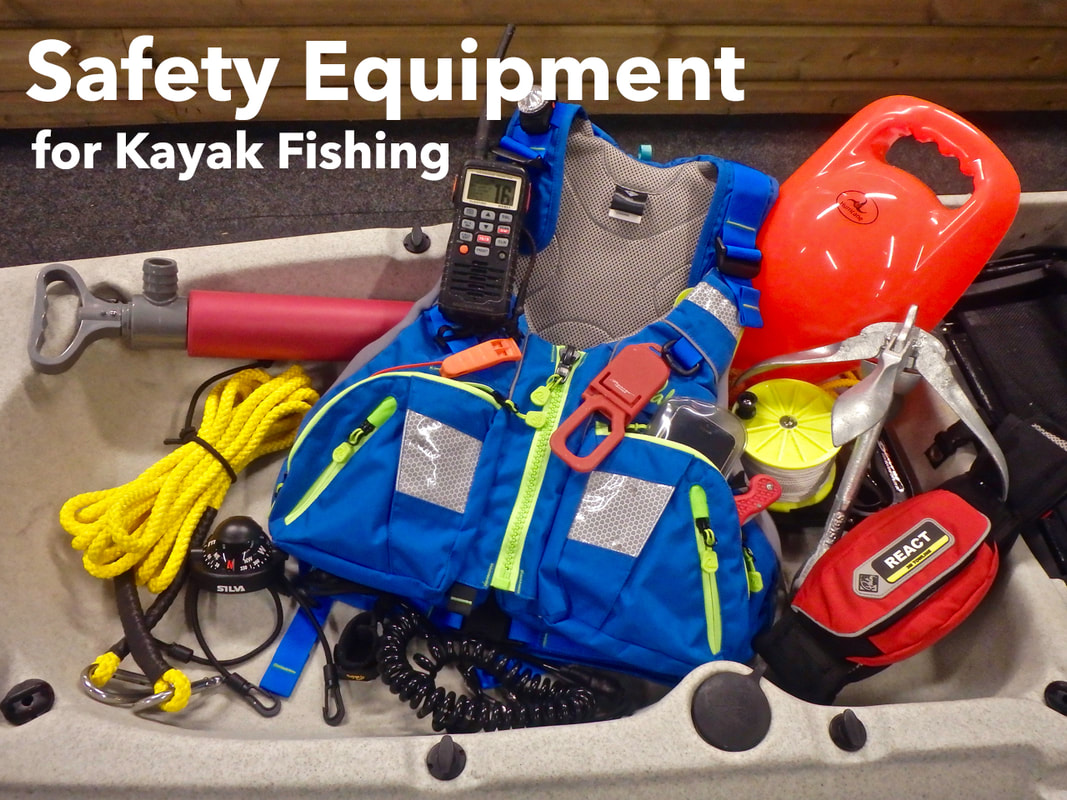
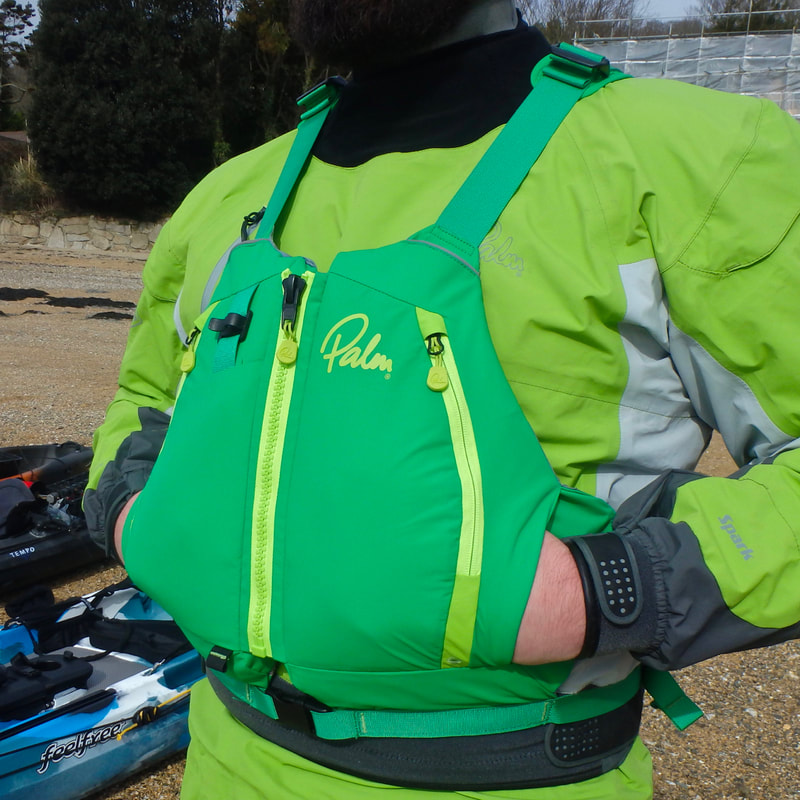

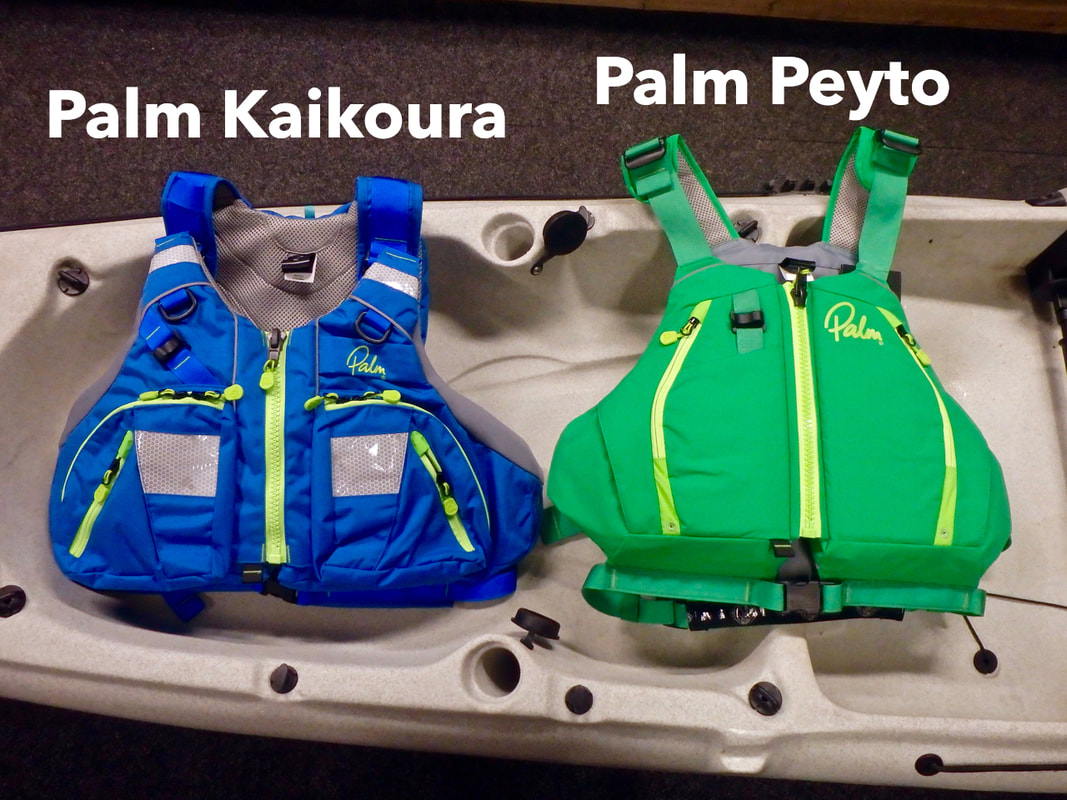
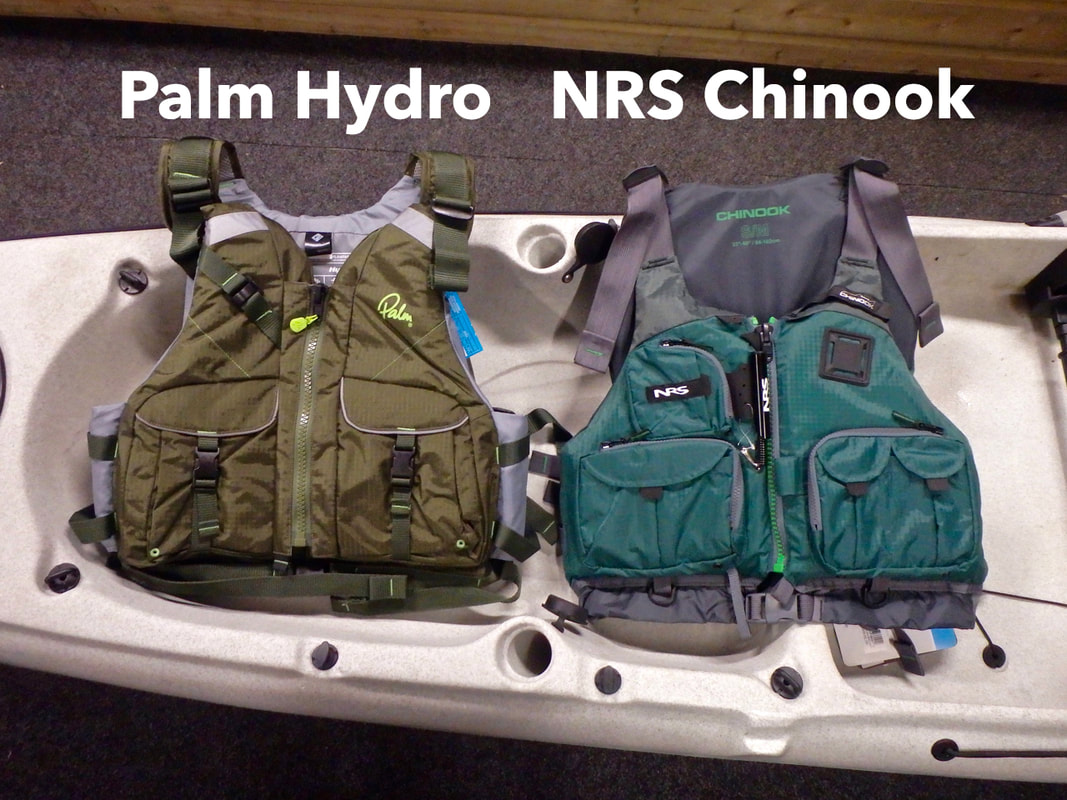

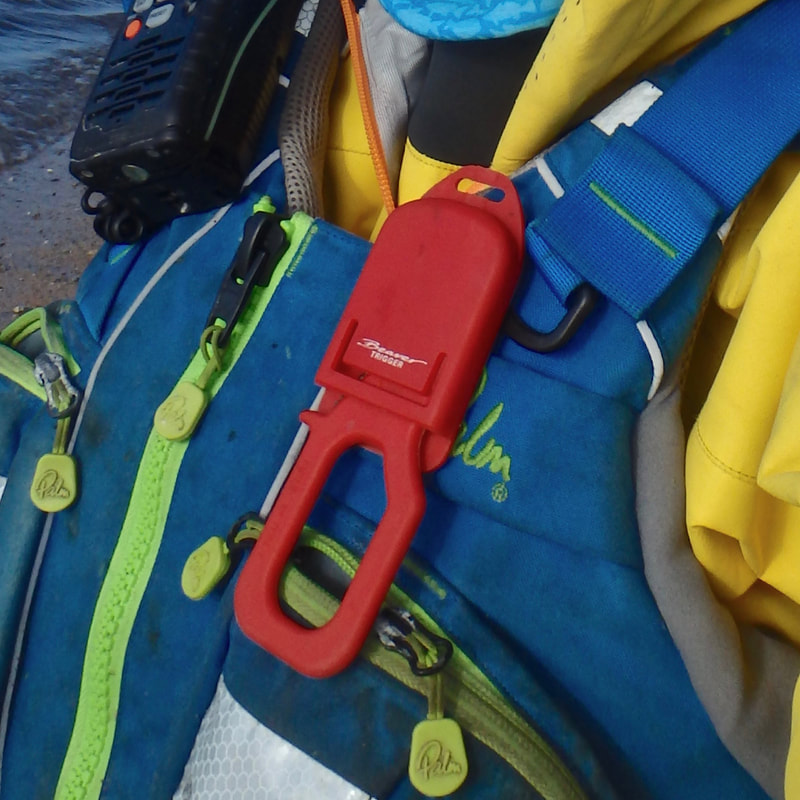
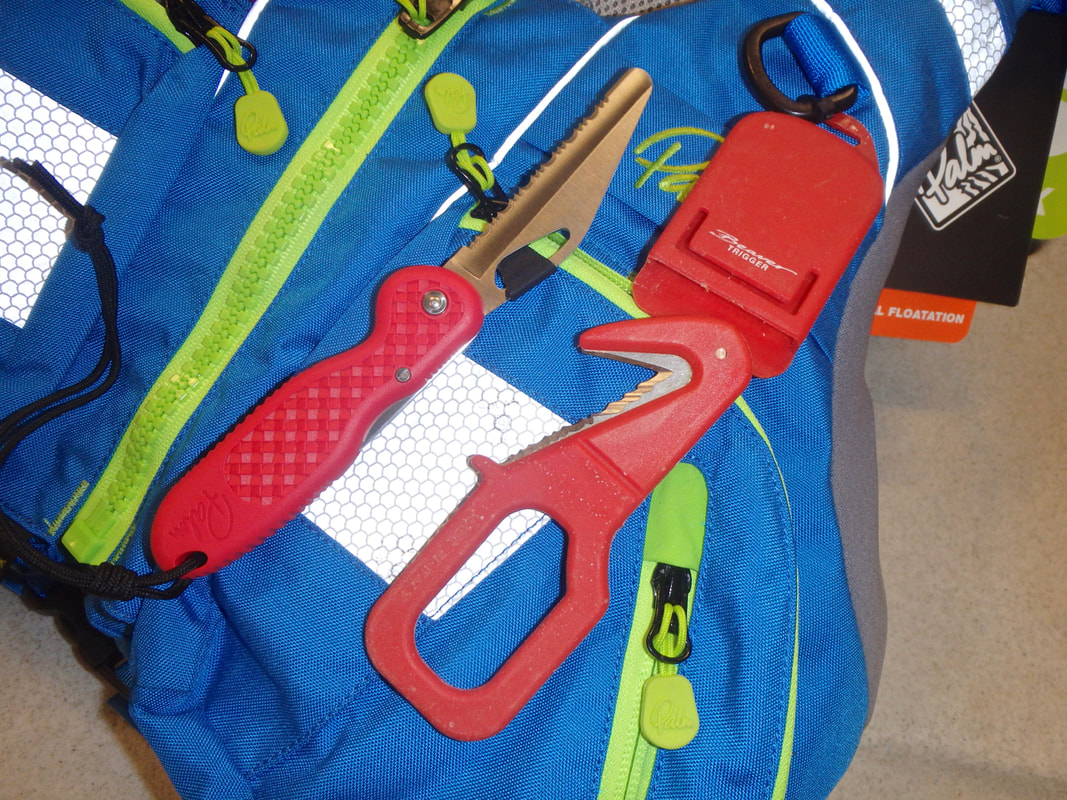
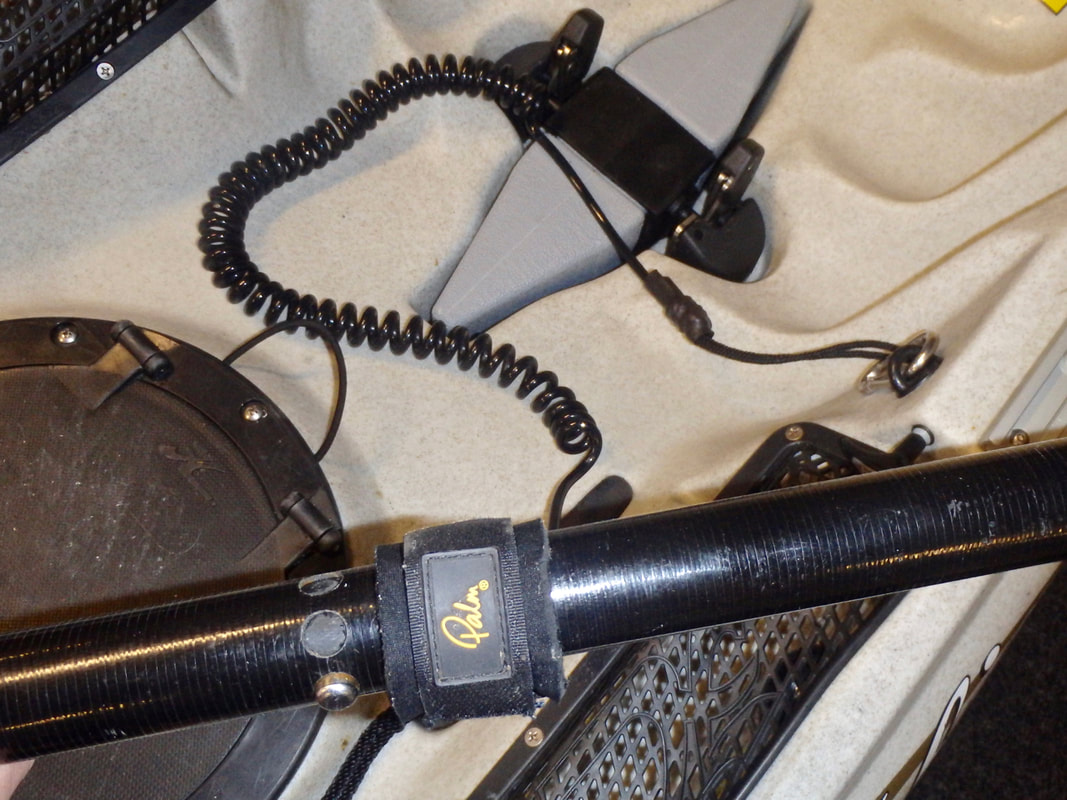
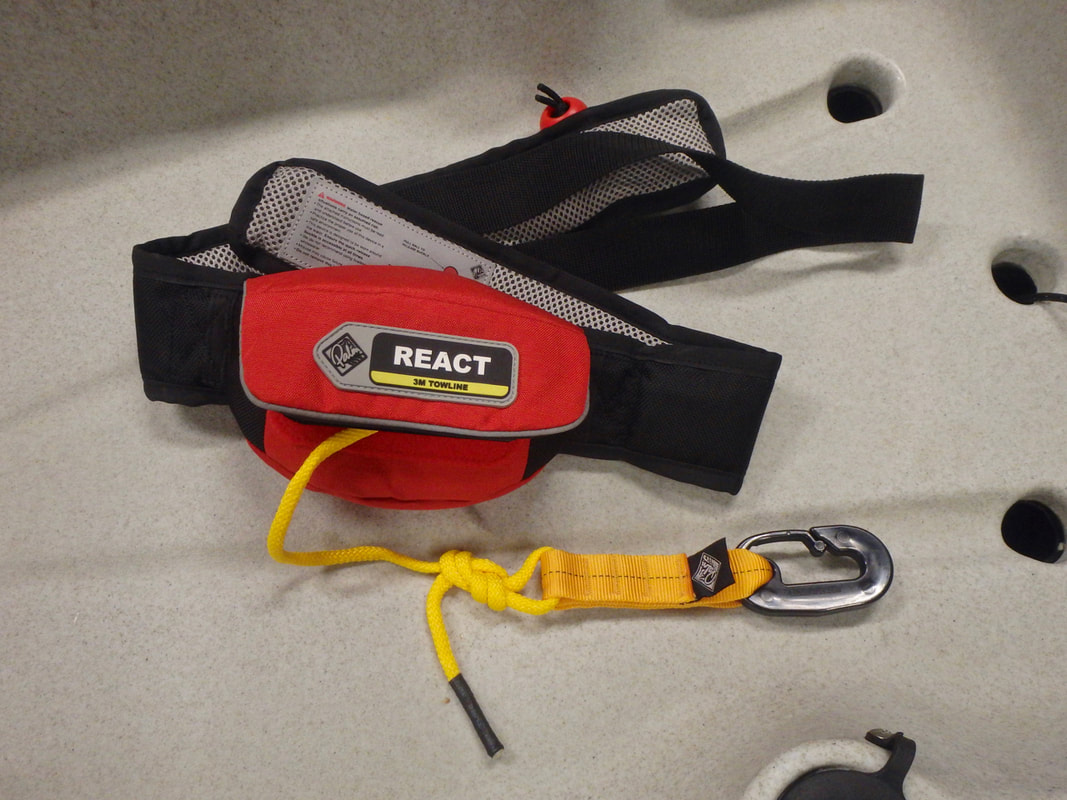
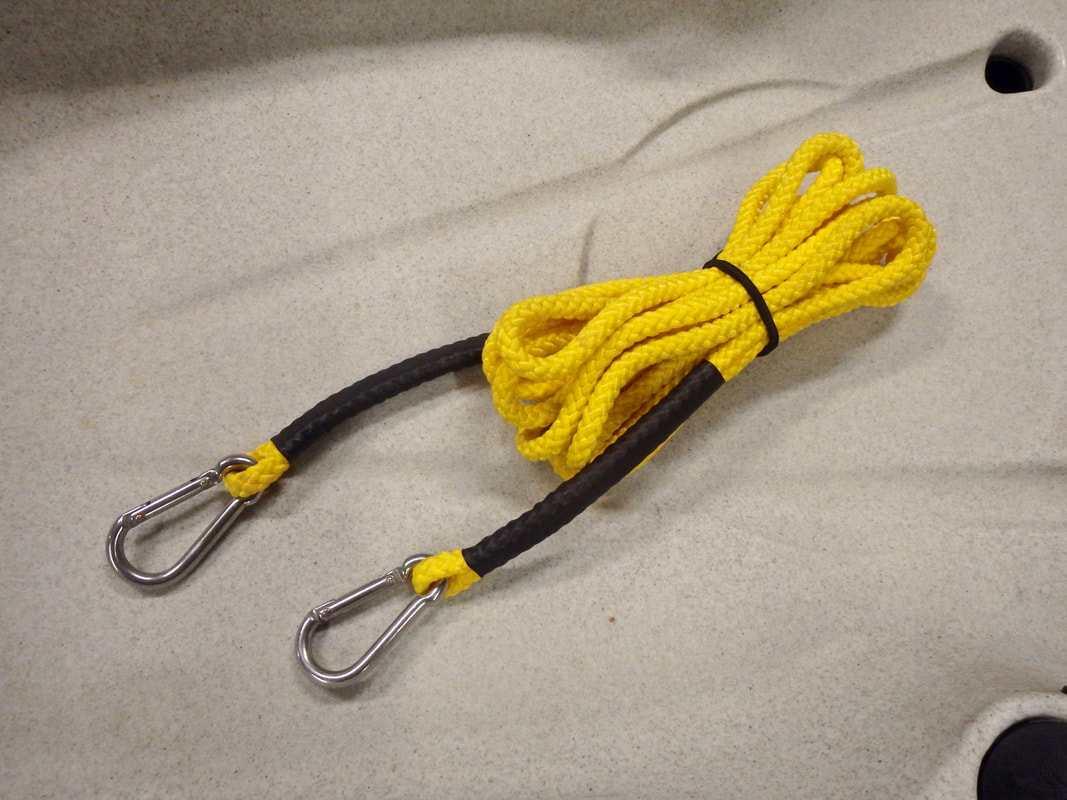

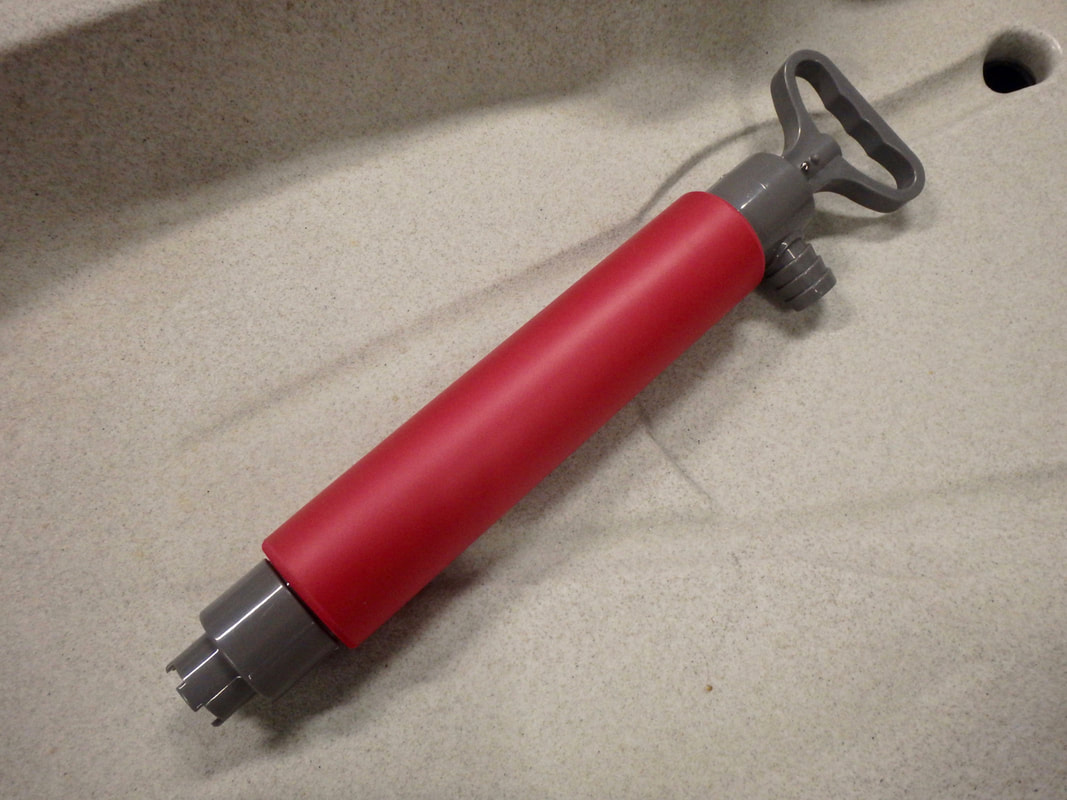
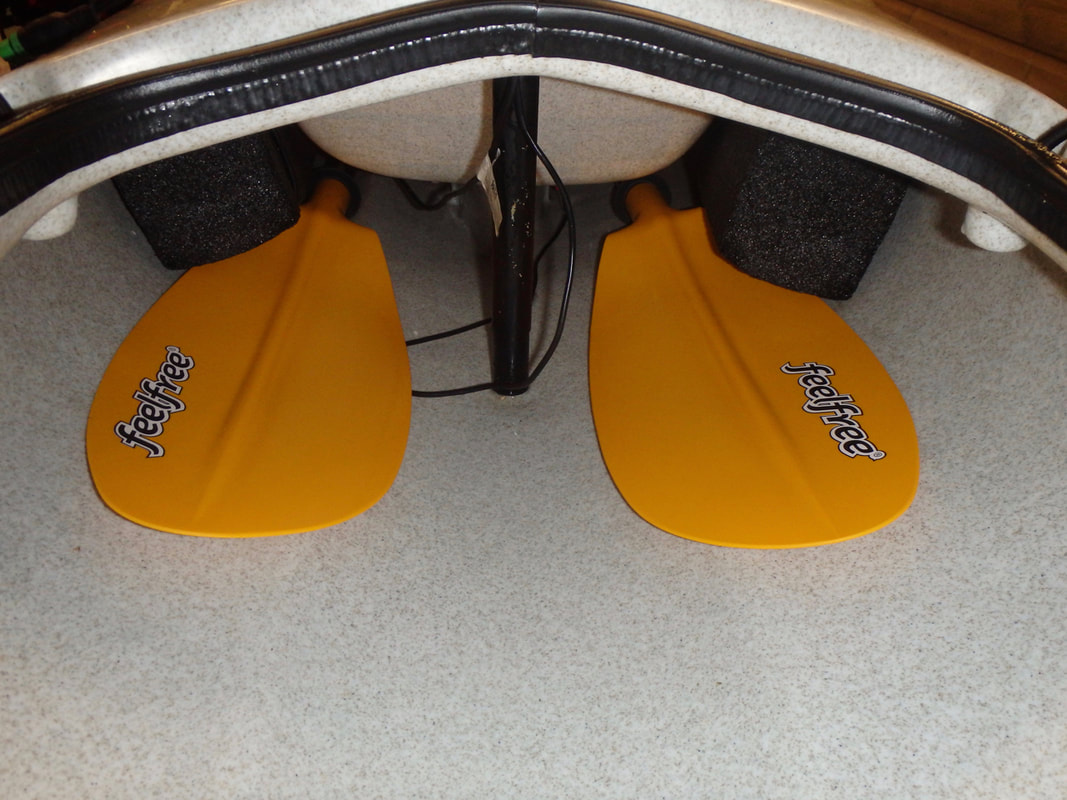
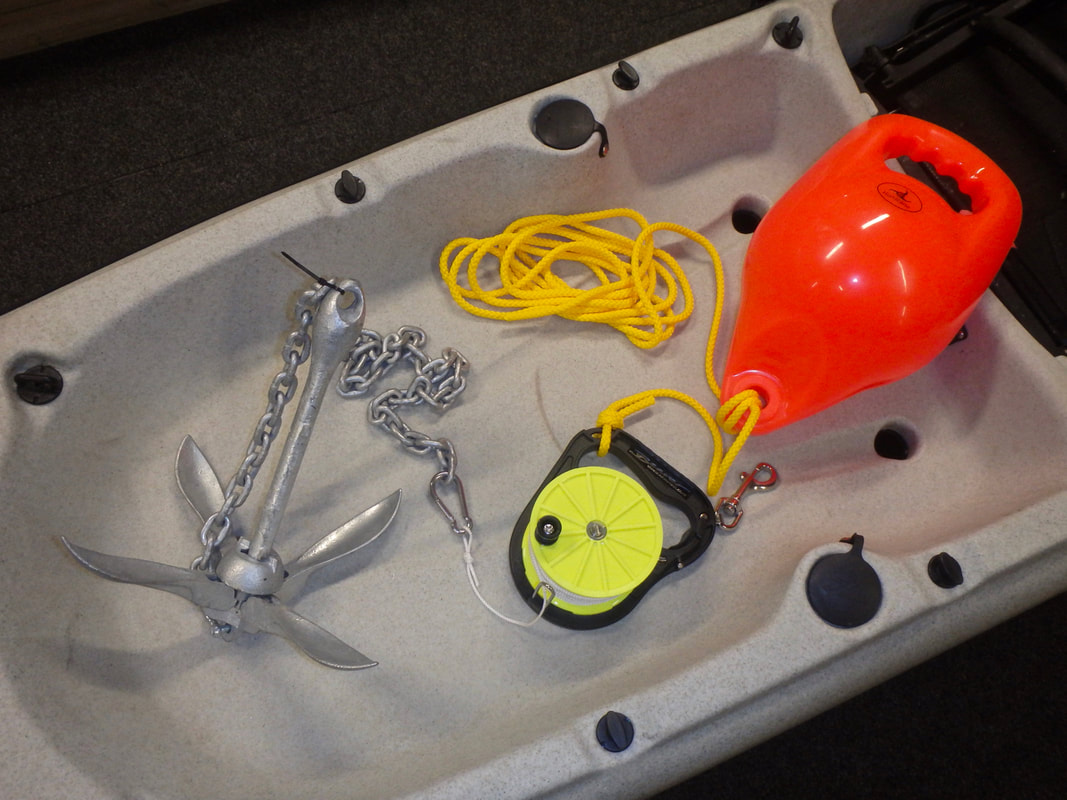
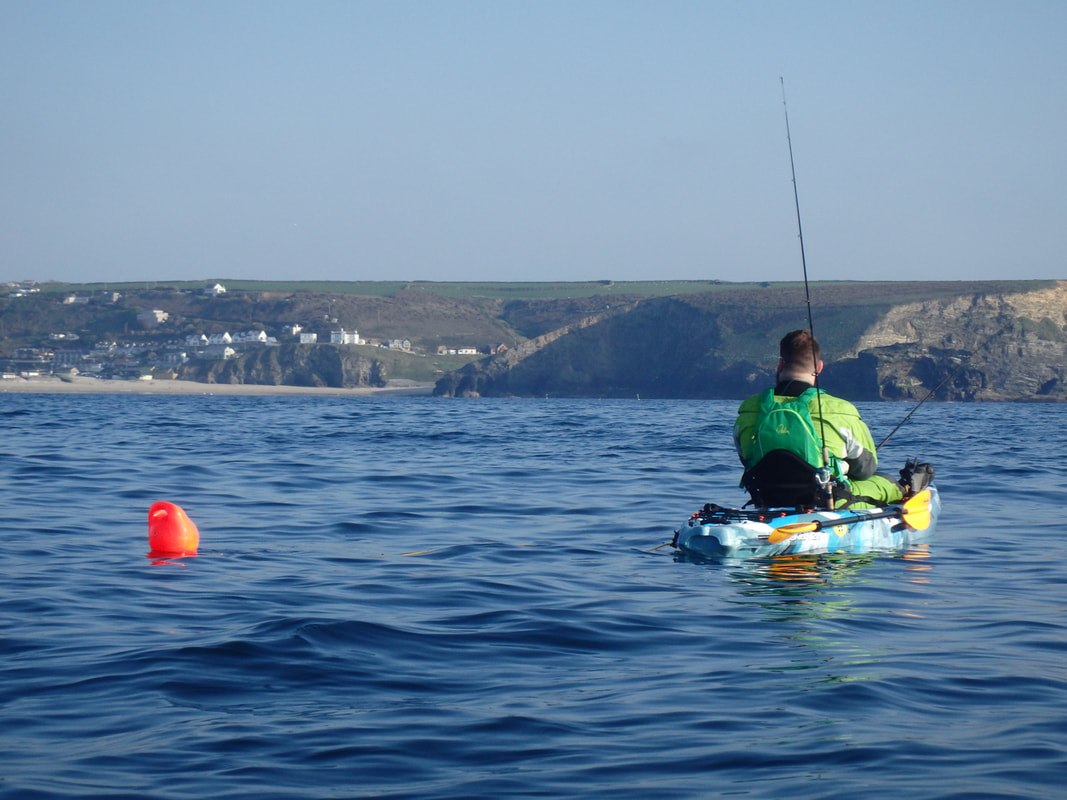
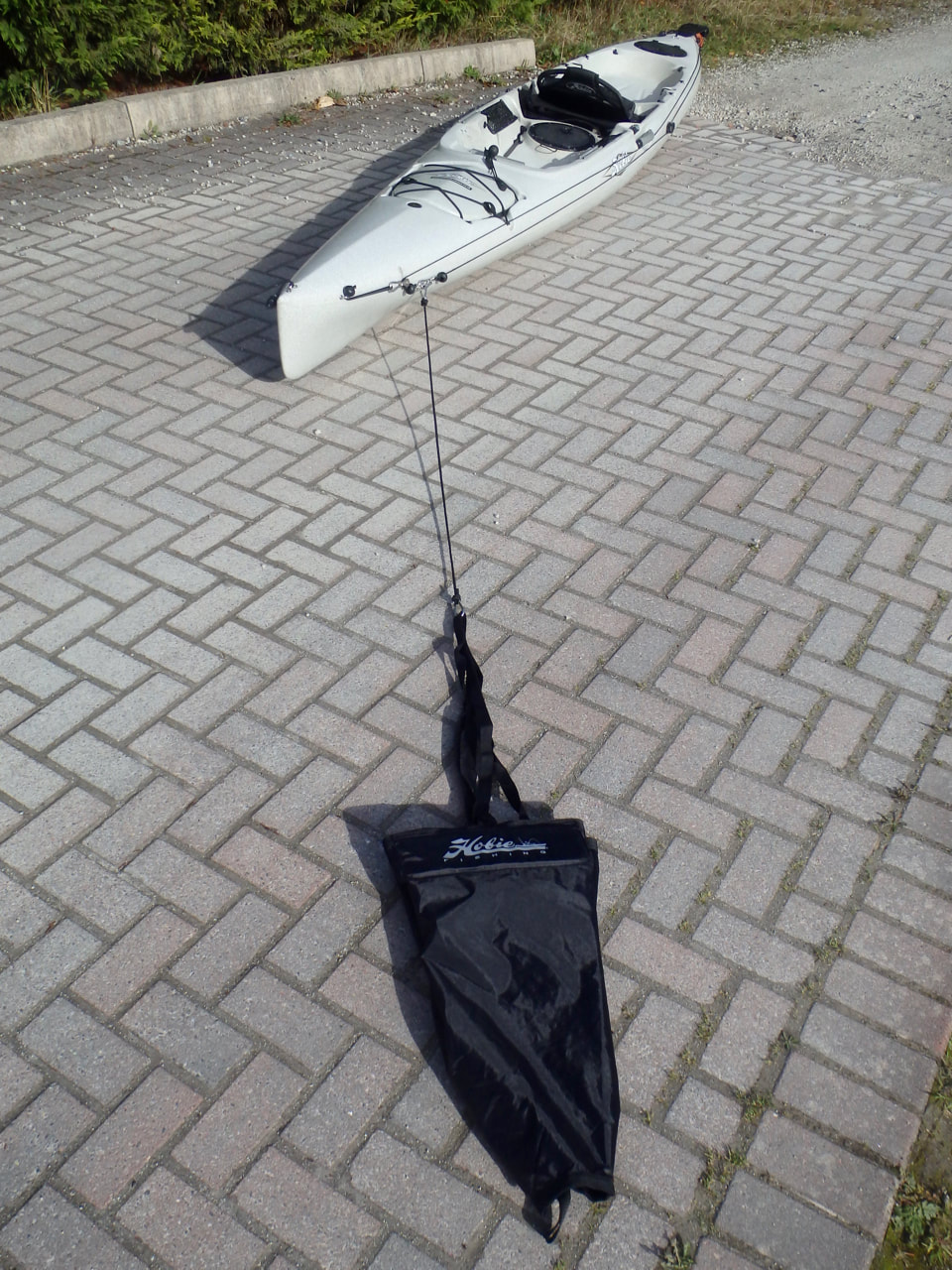
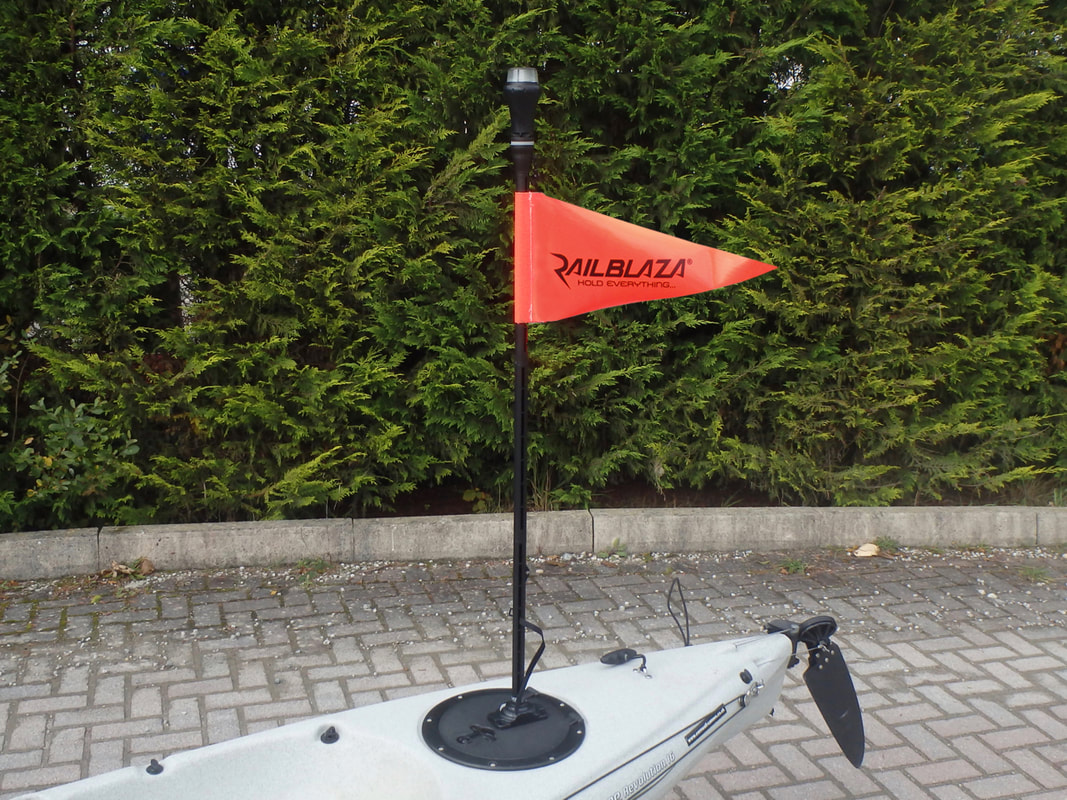
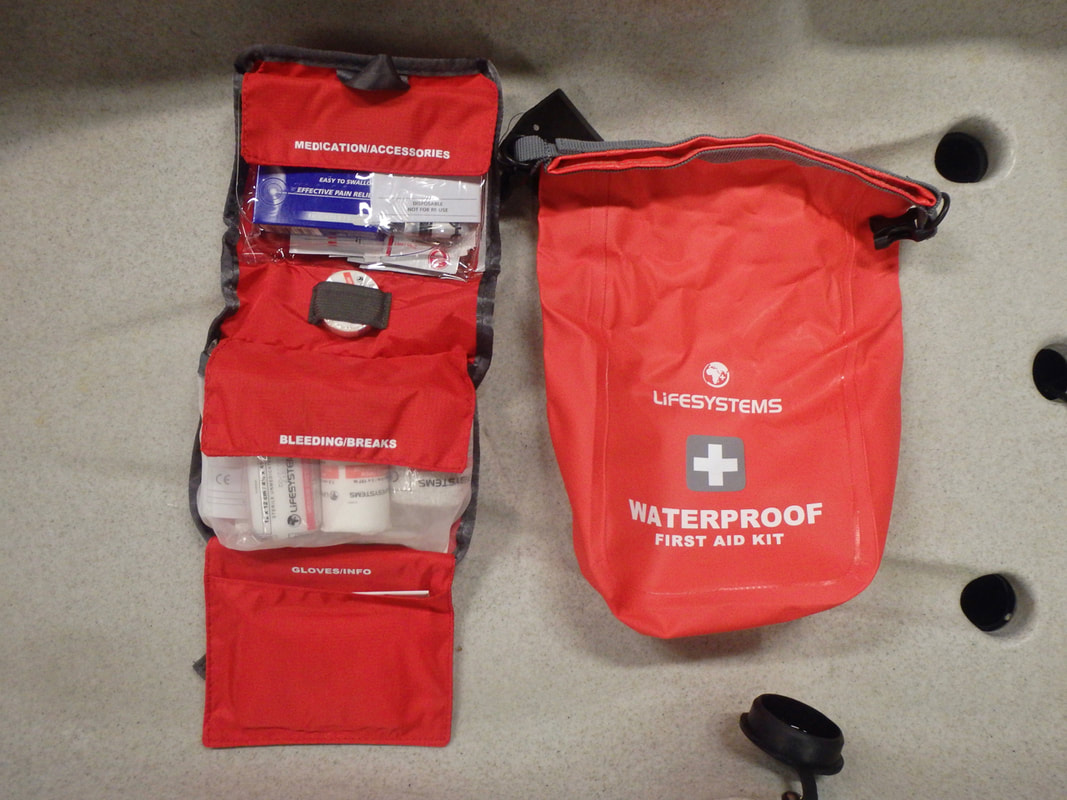
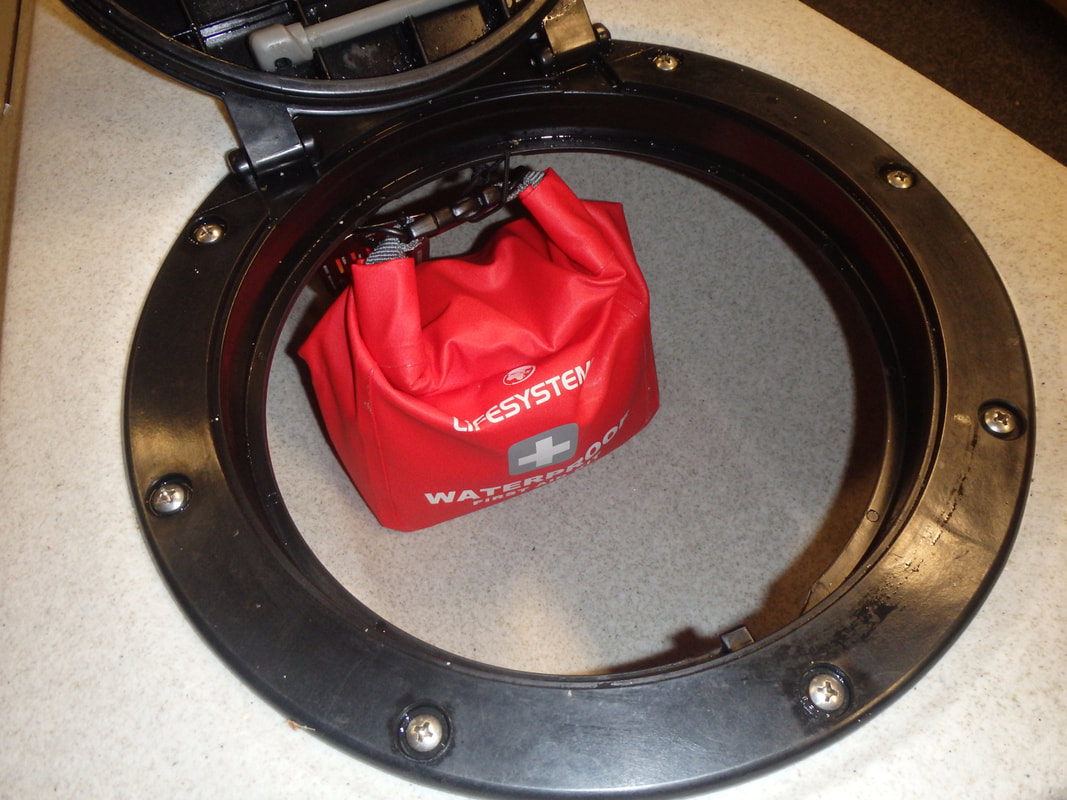
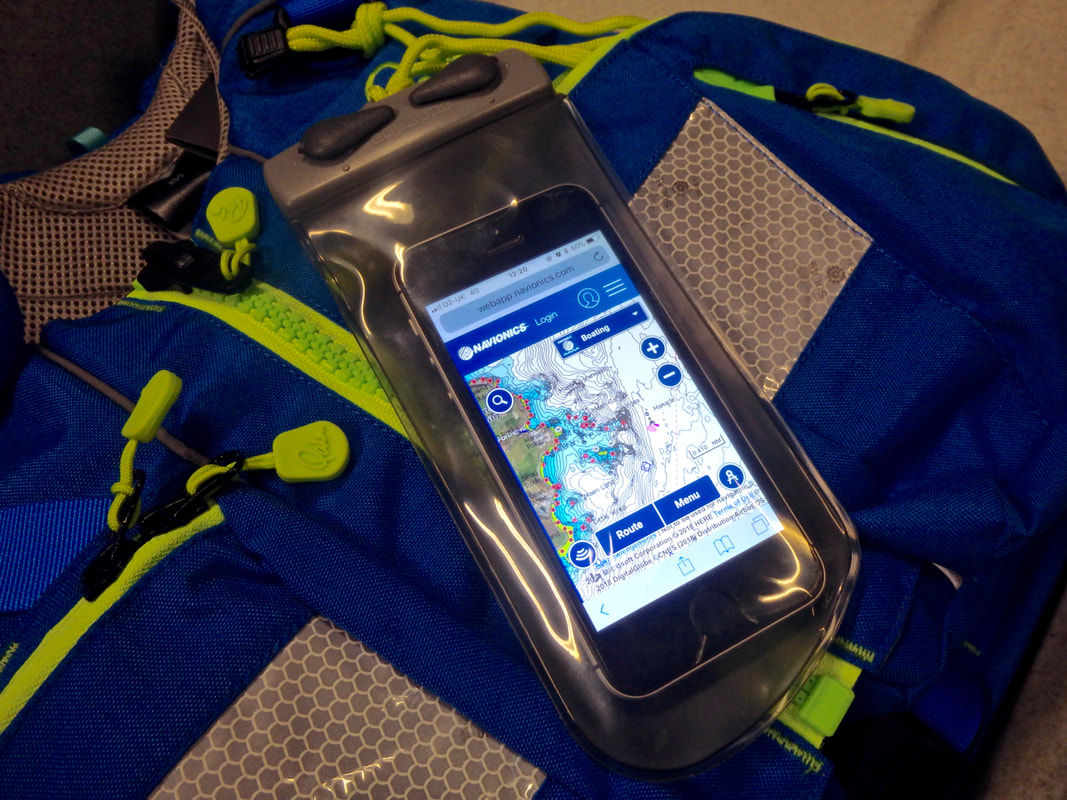
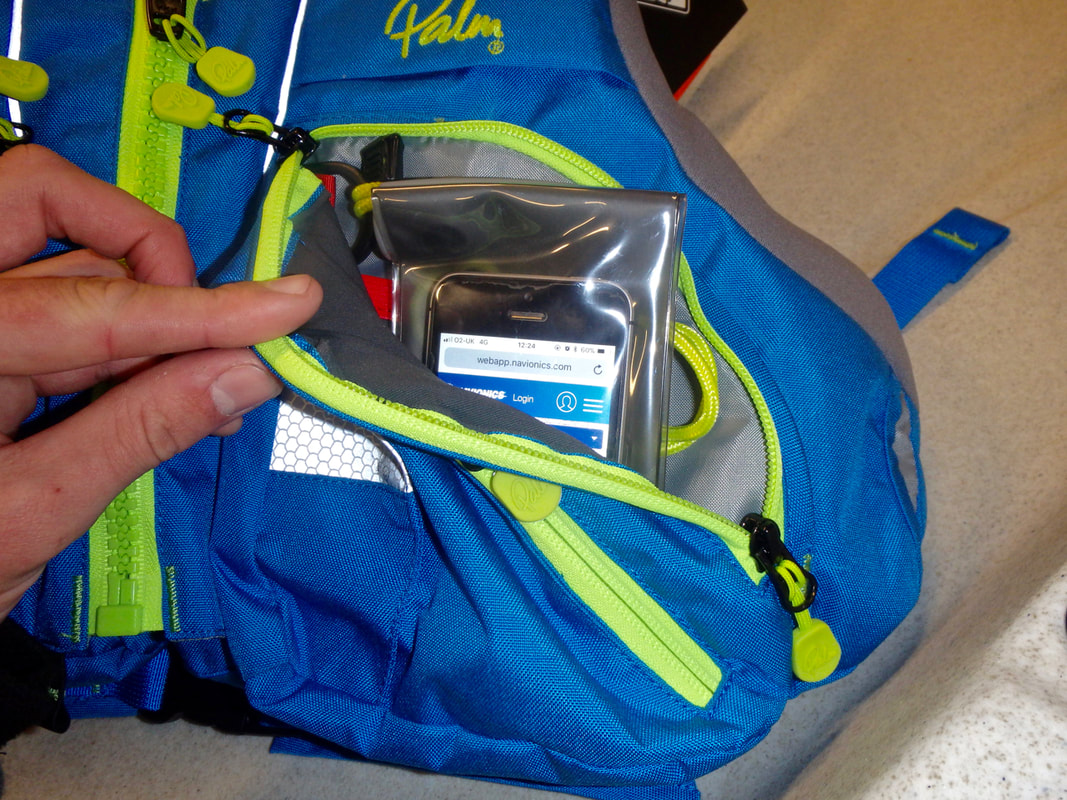
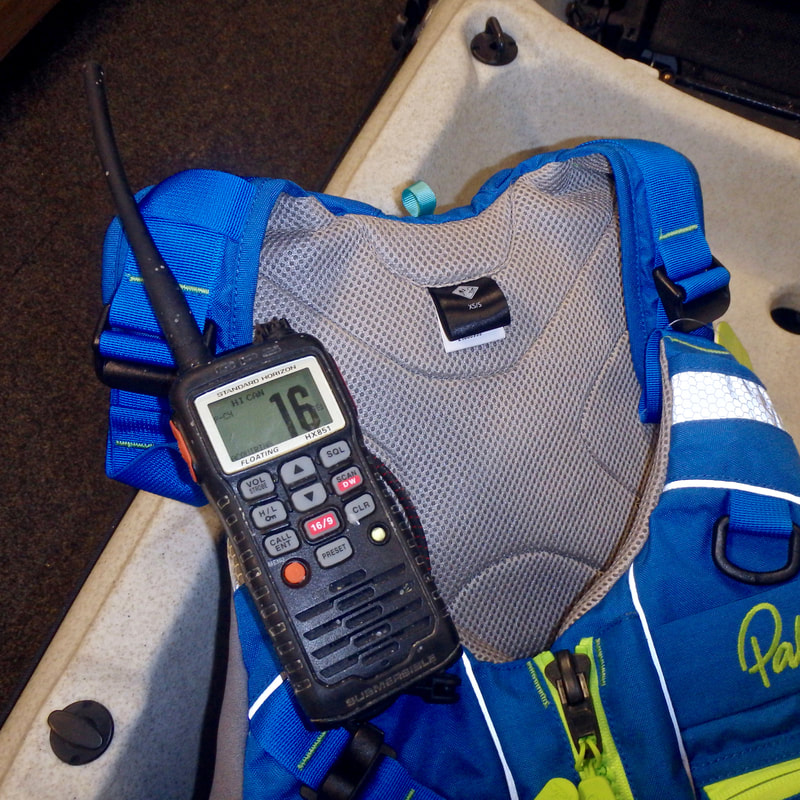
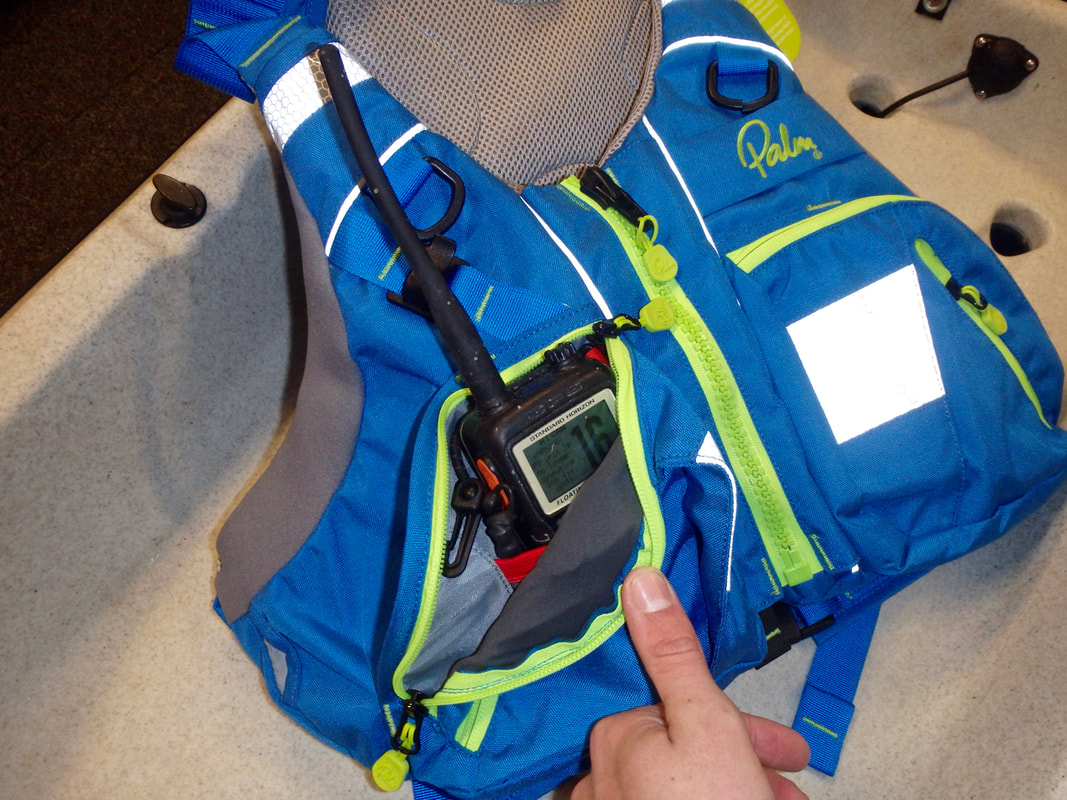
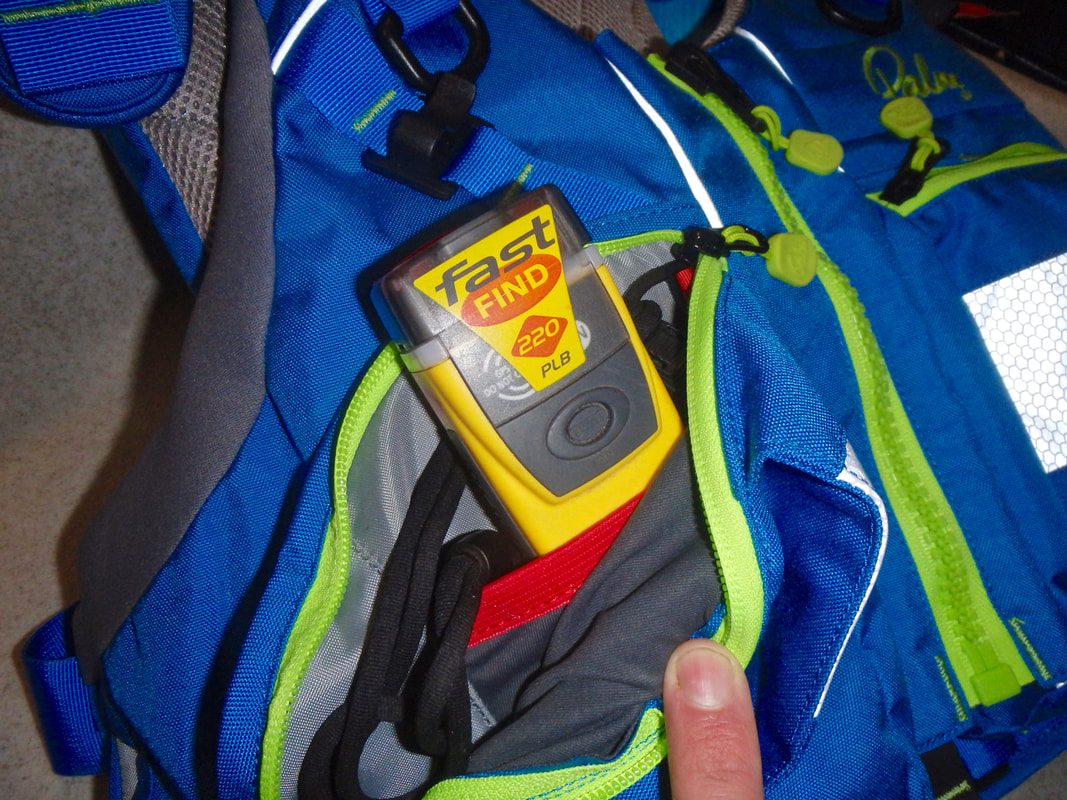
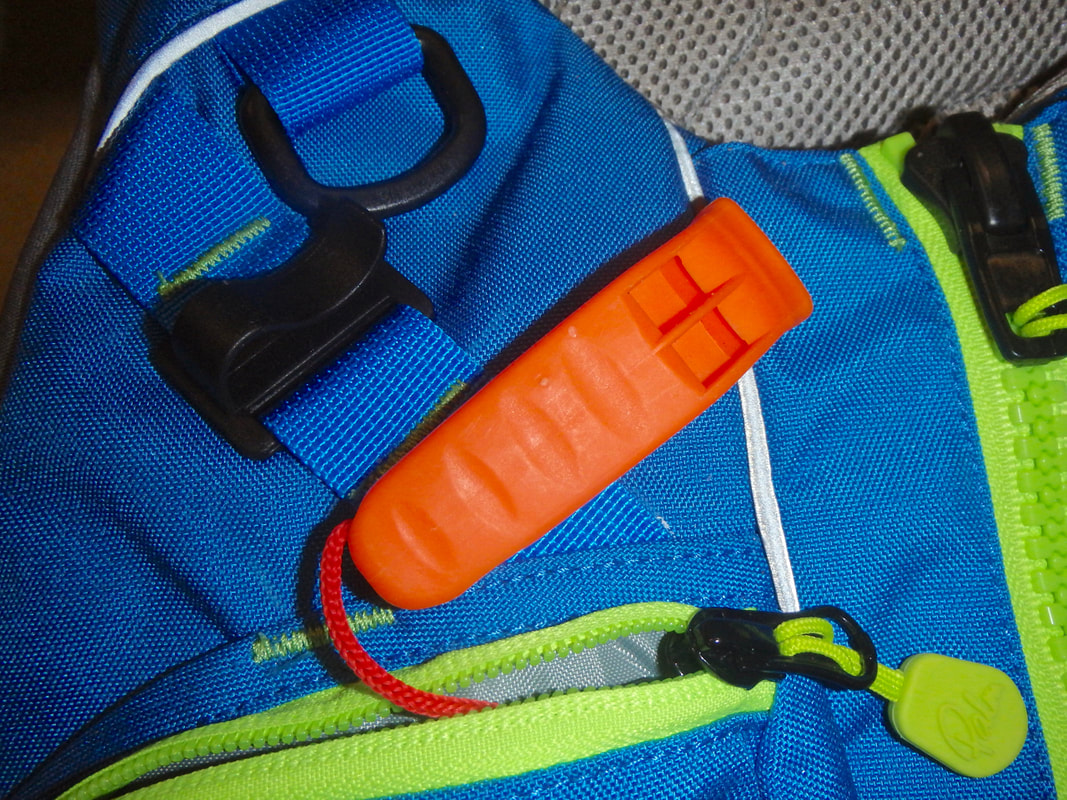
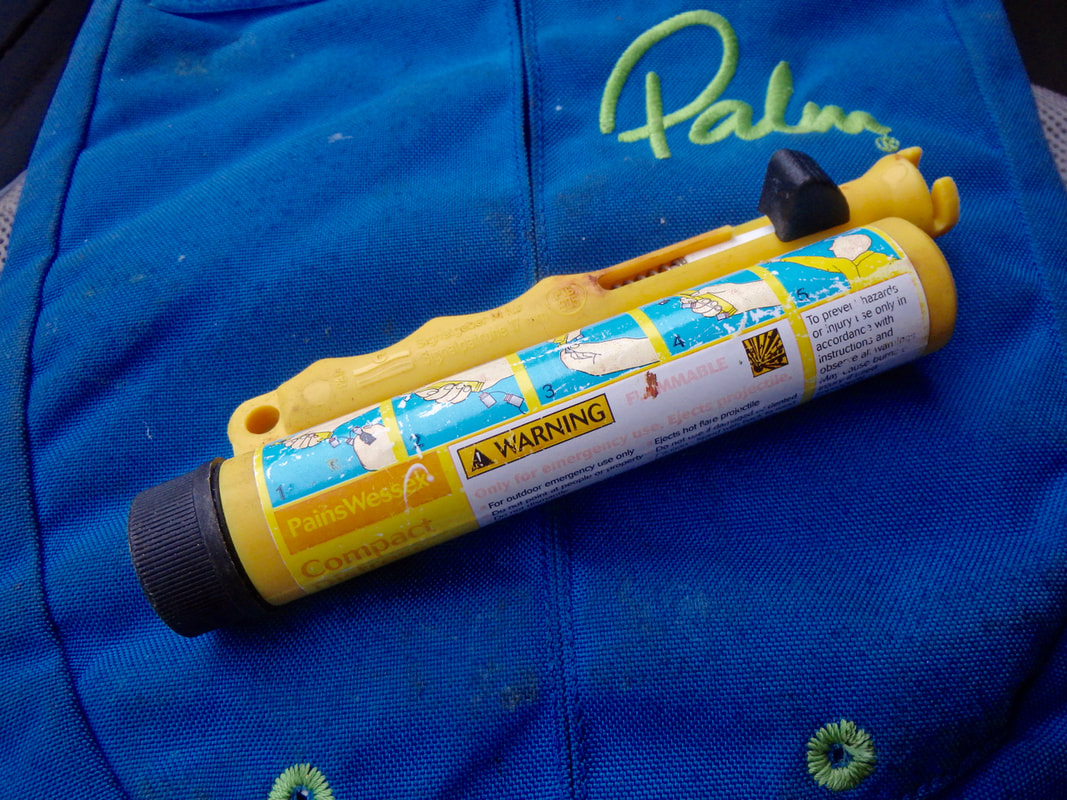

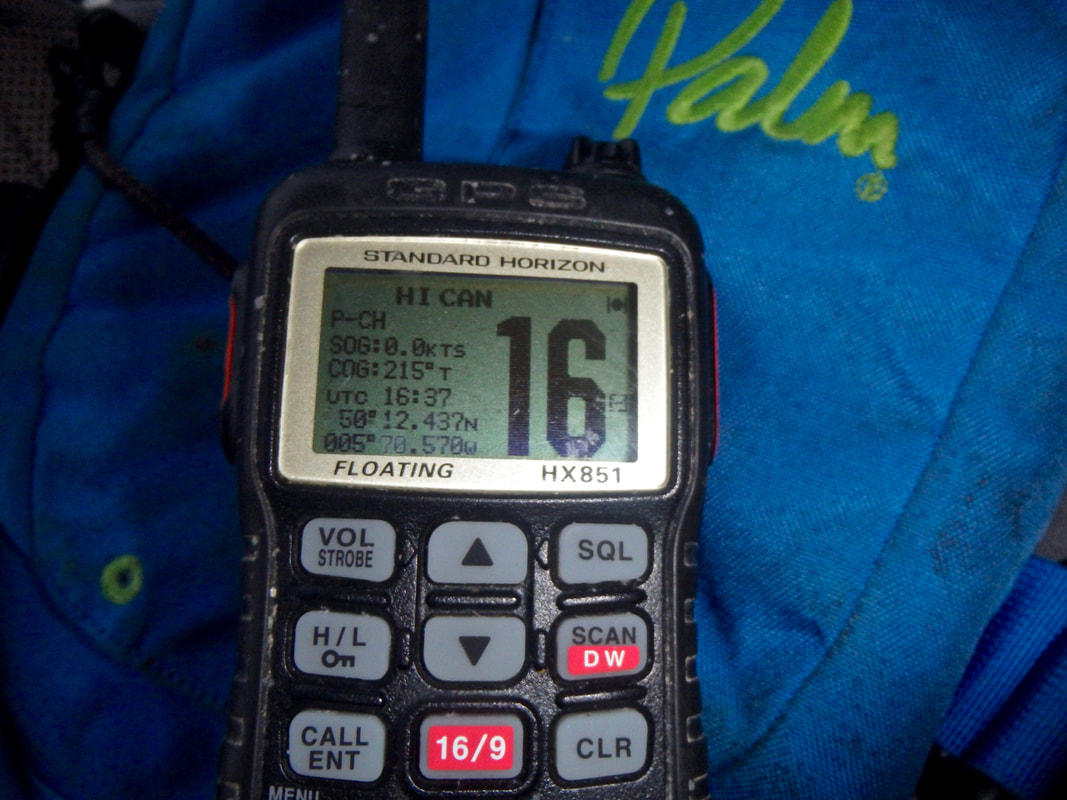
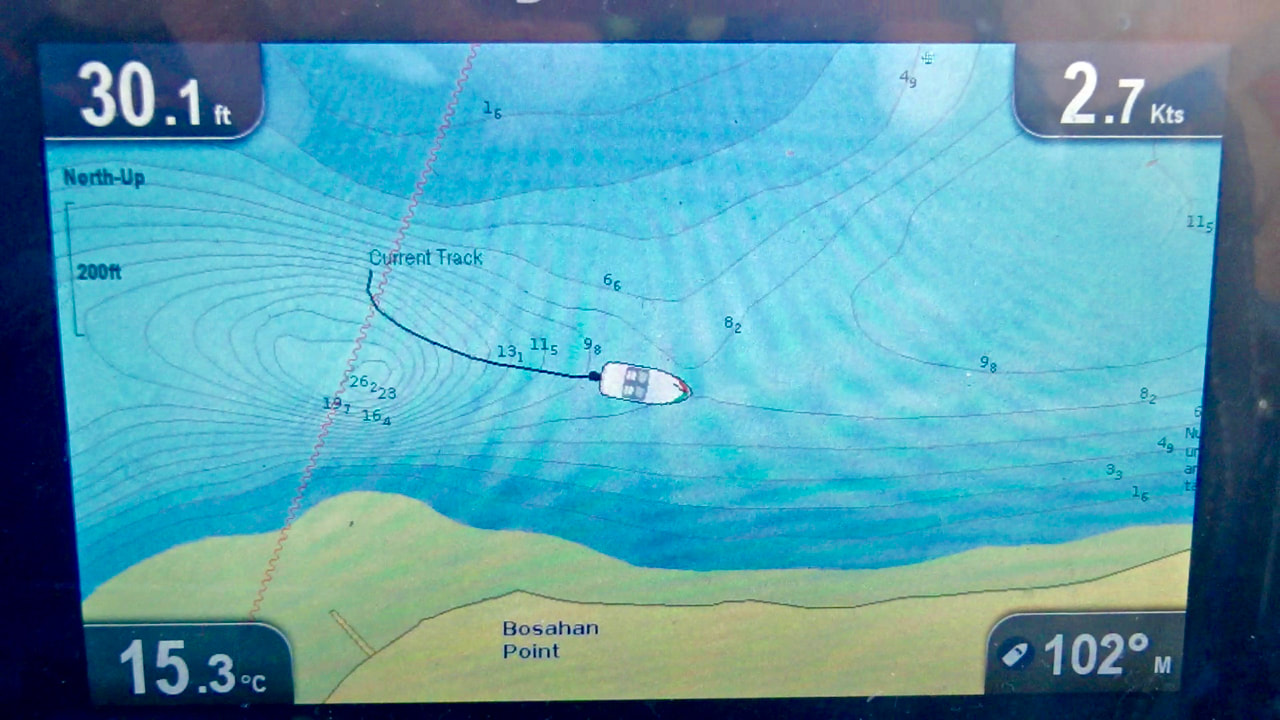
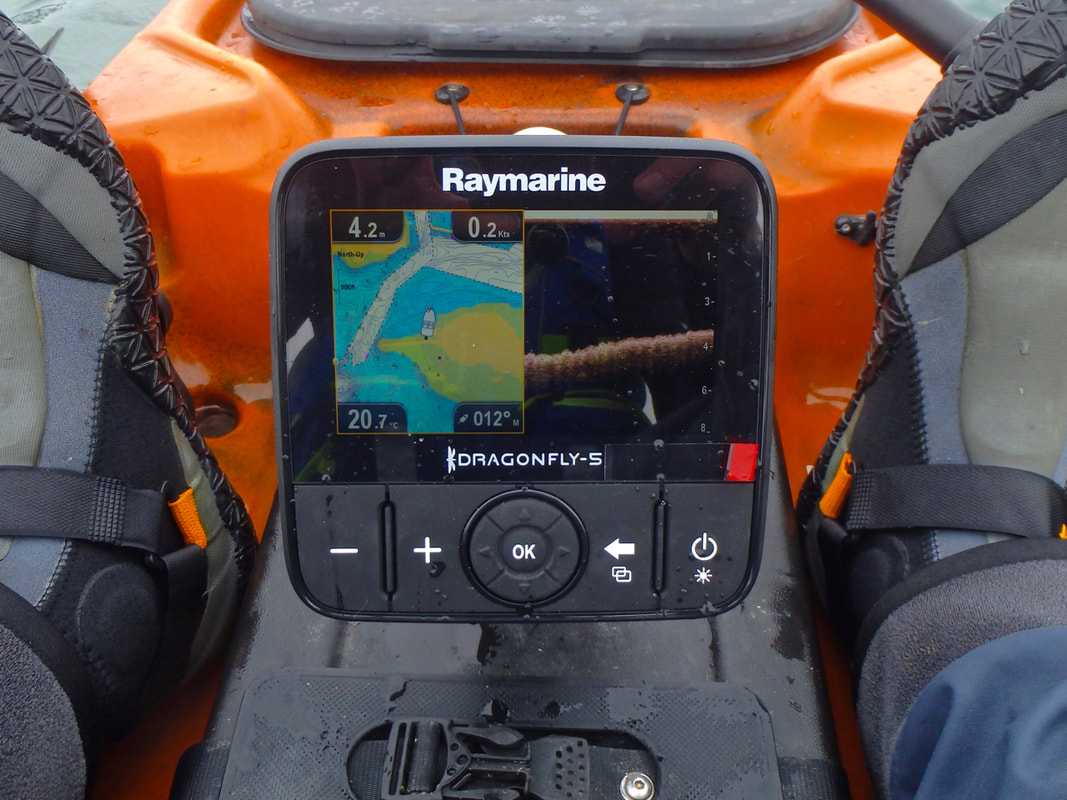
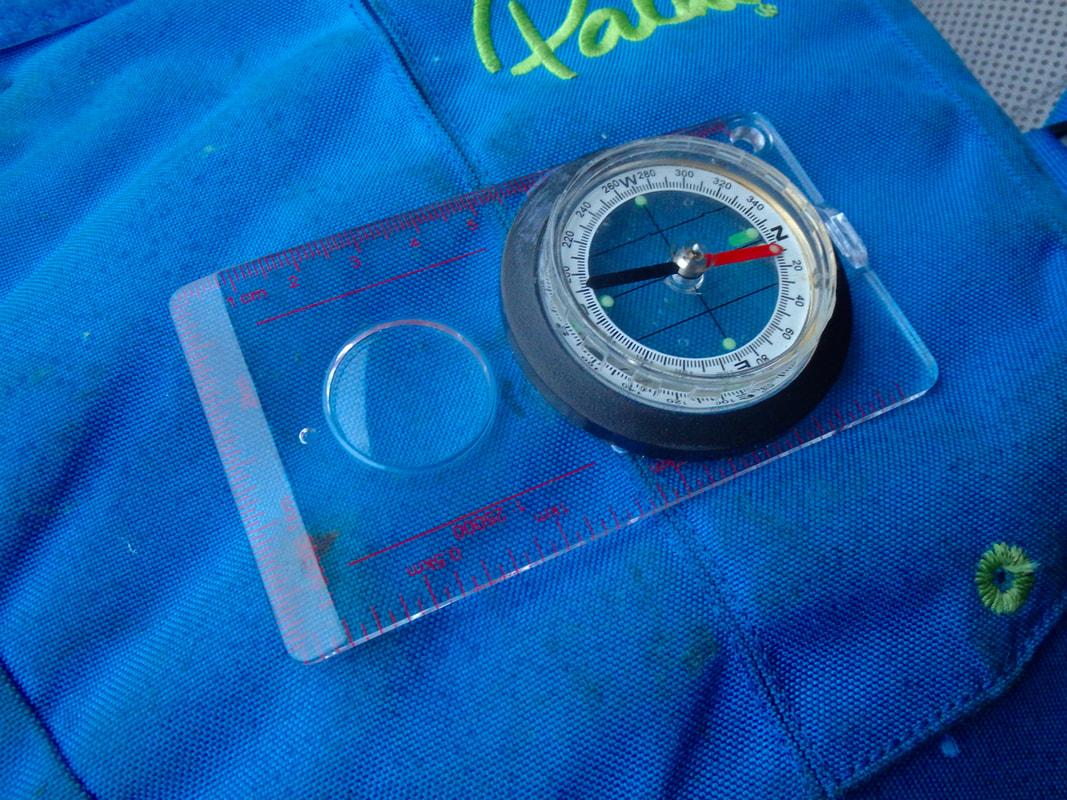
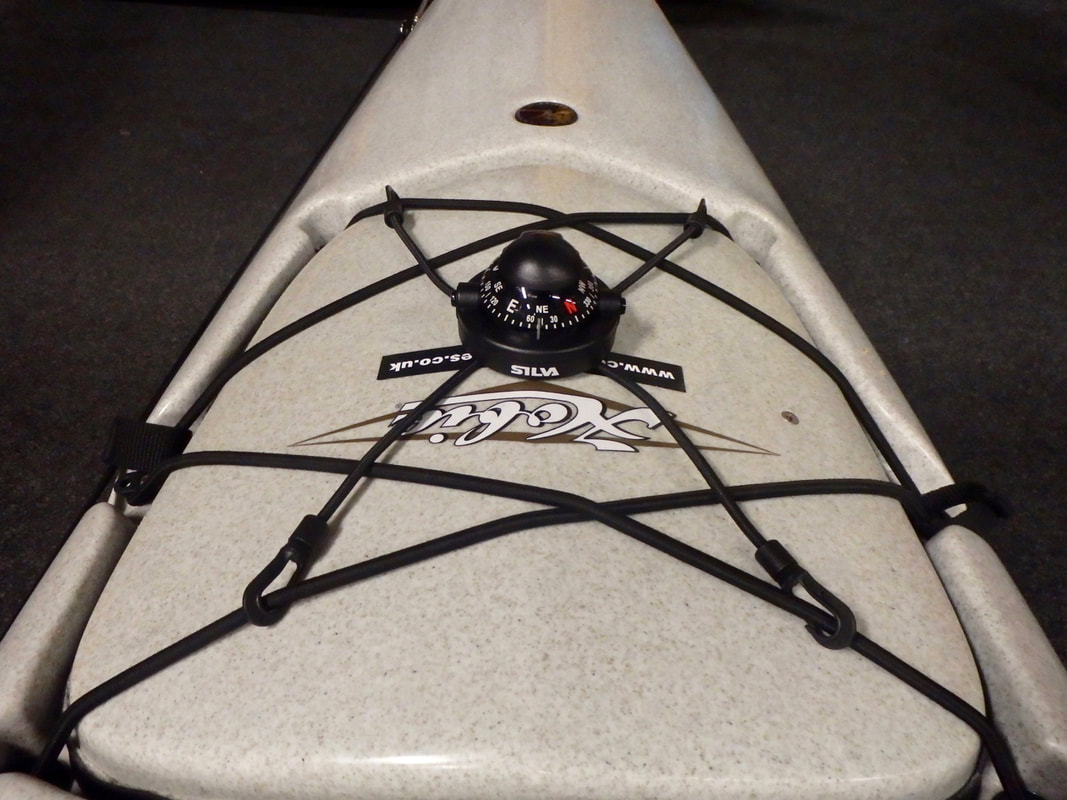
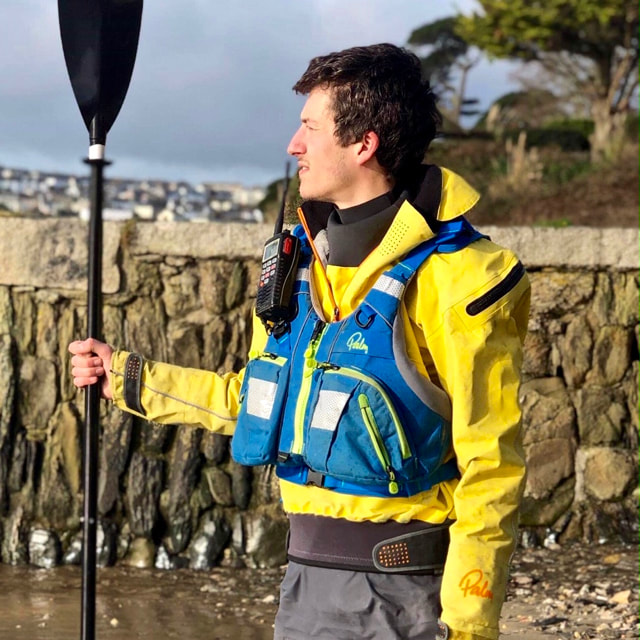
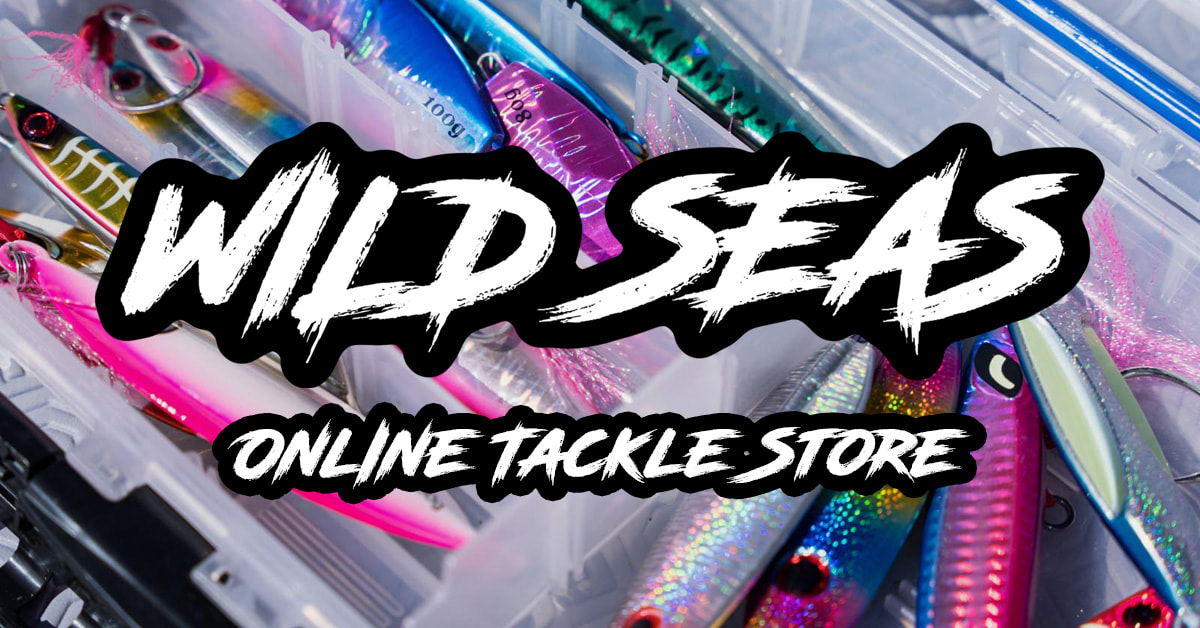




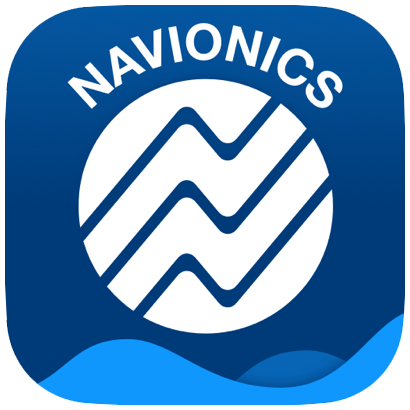

 RSS Feed
RSS Feed



